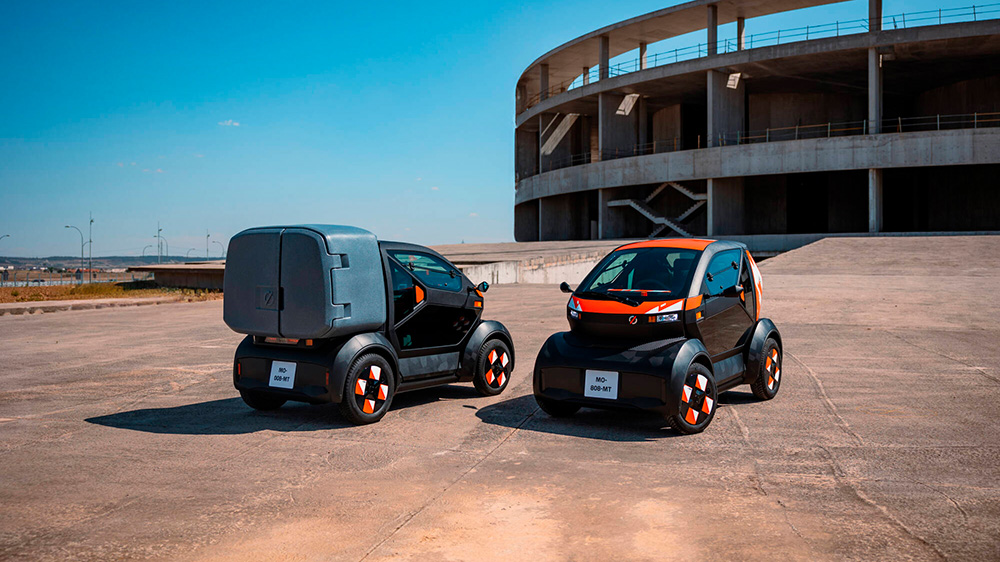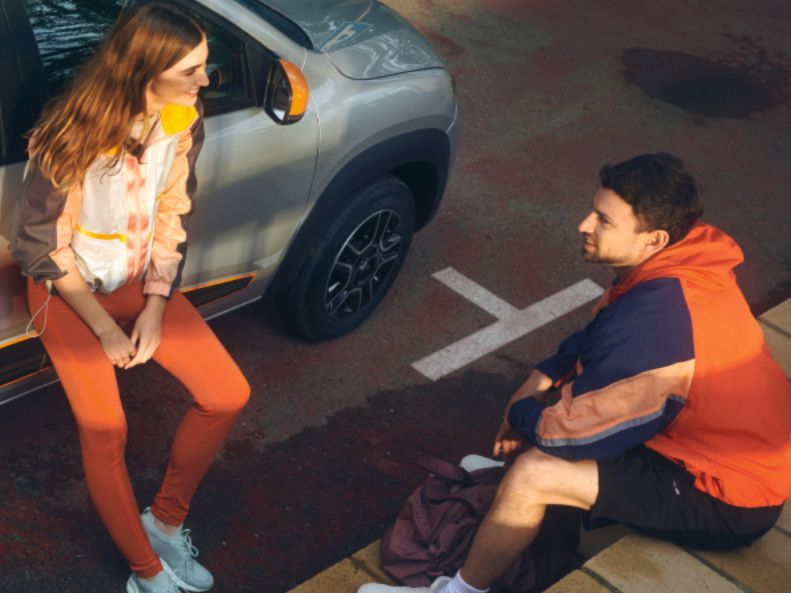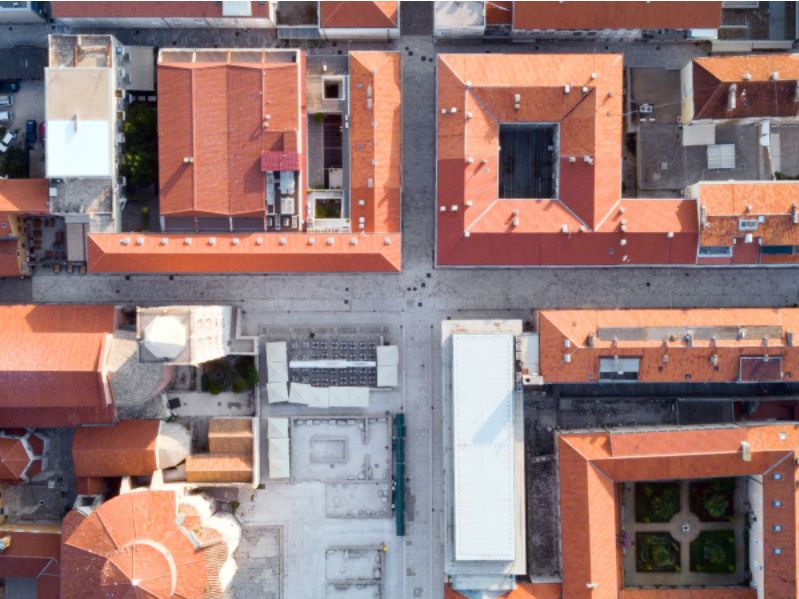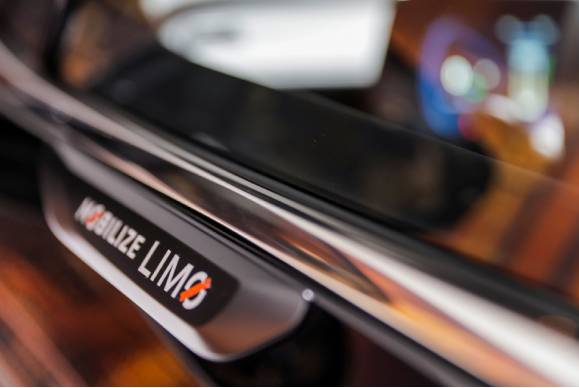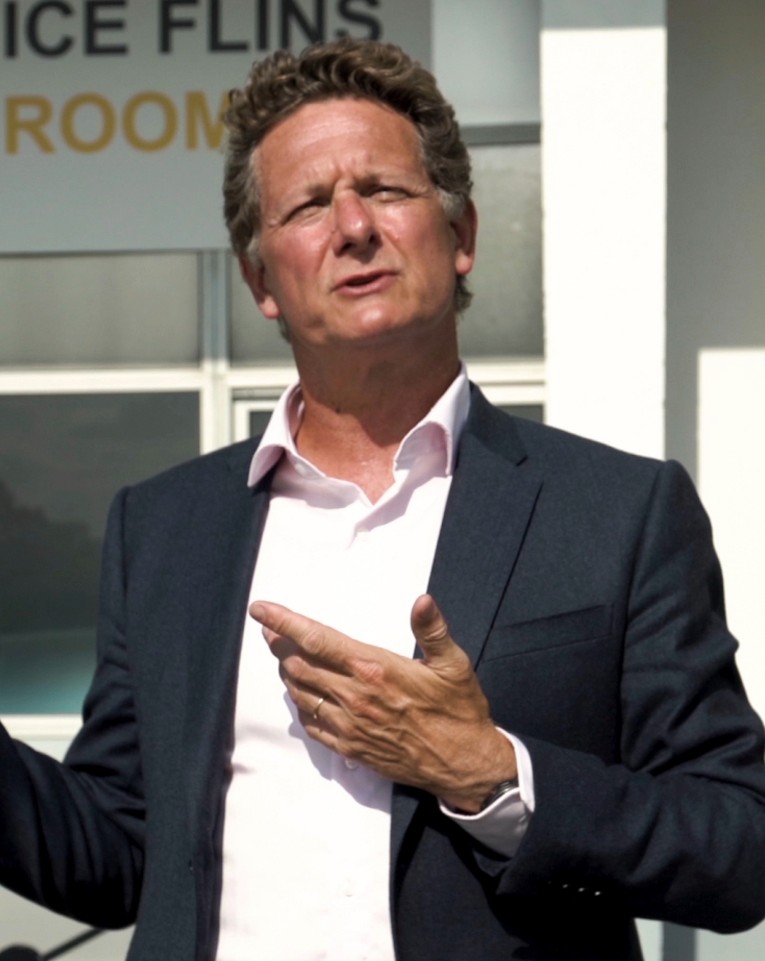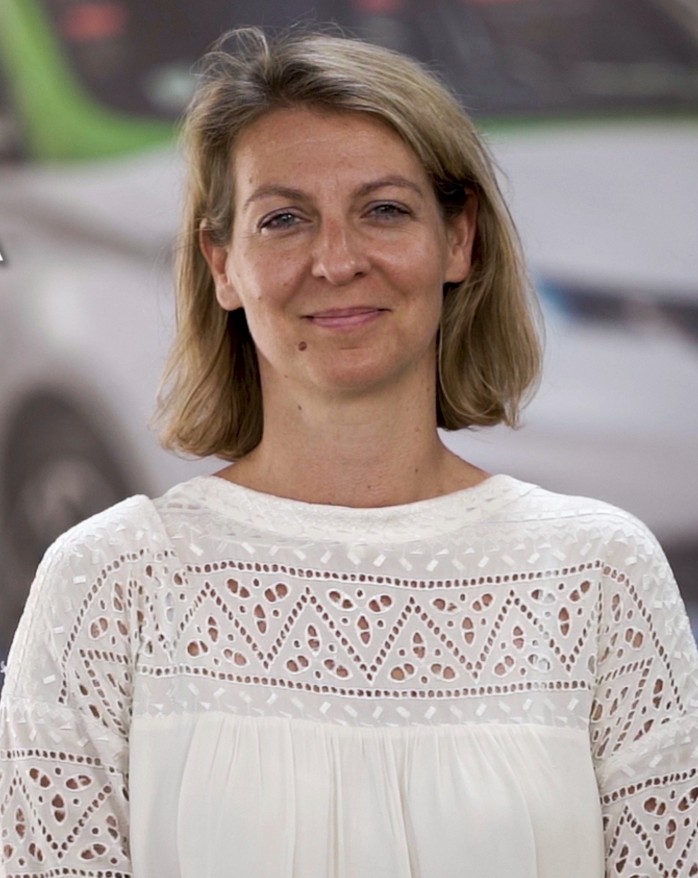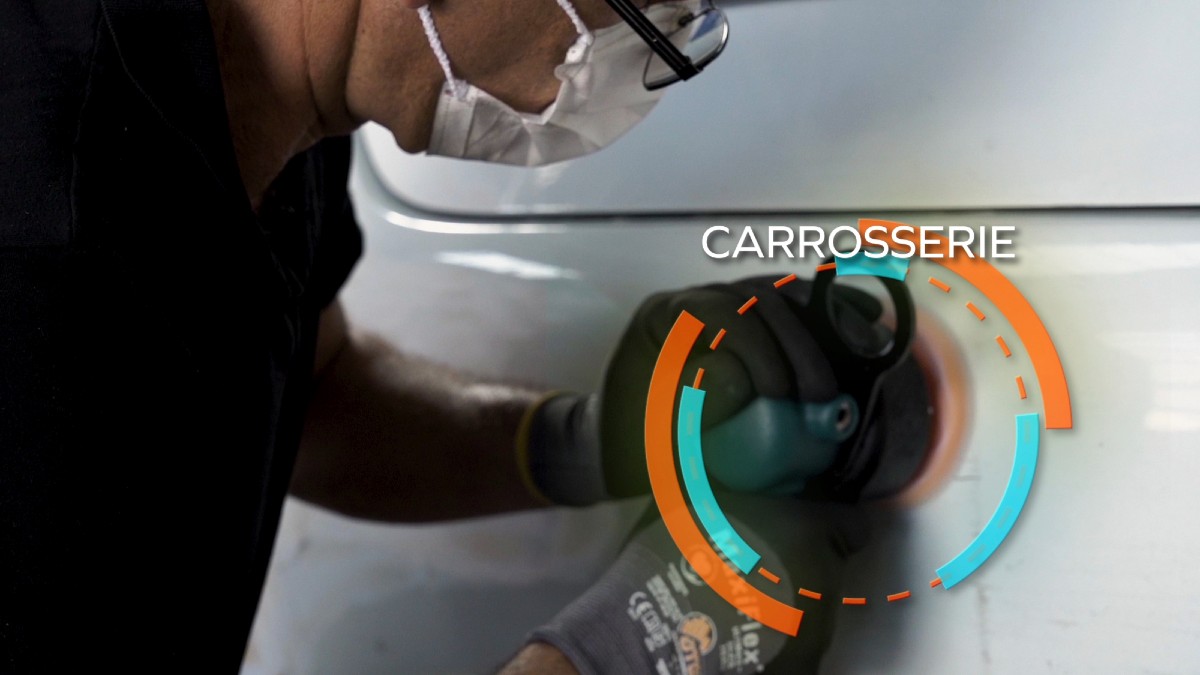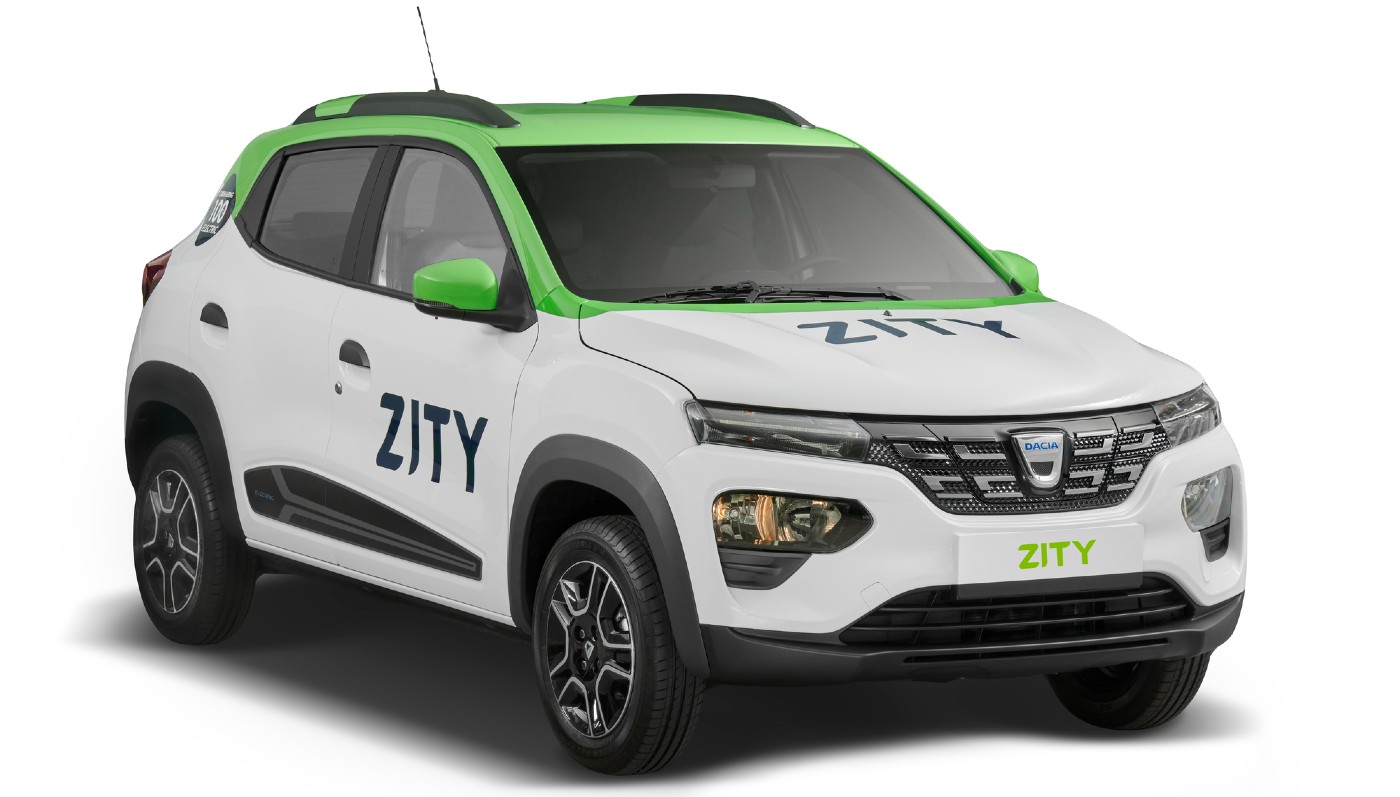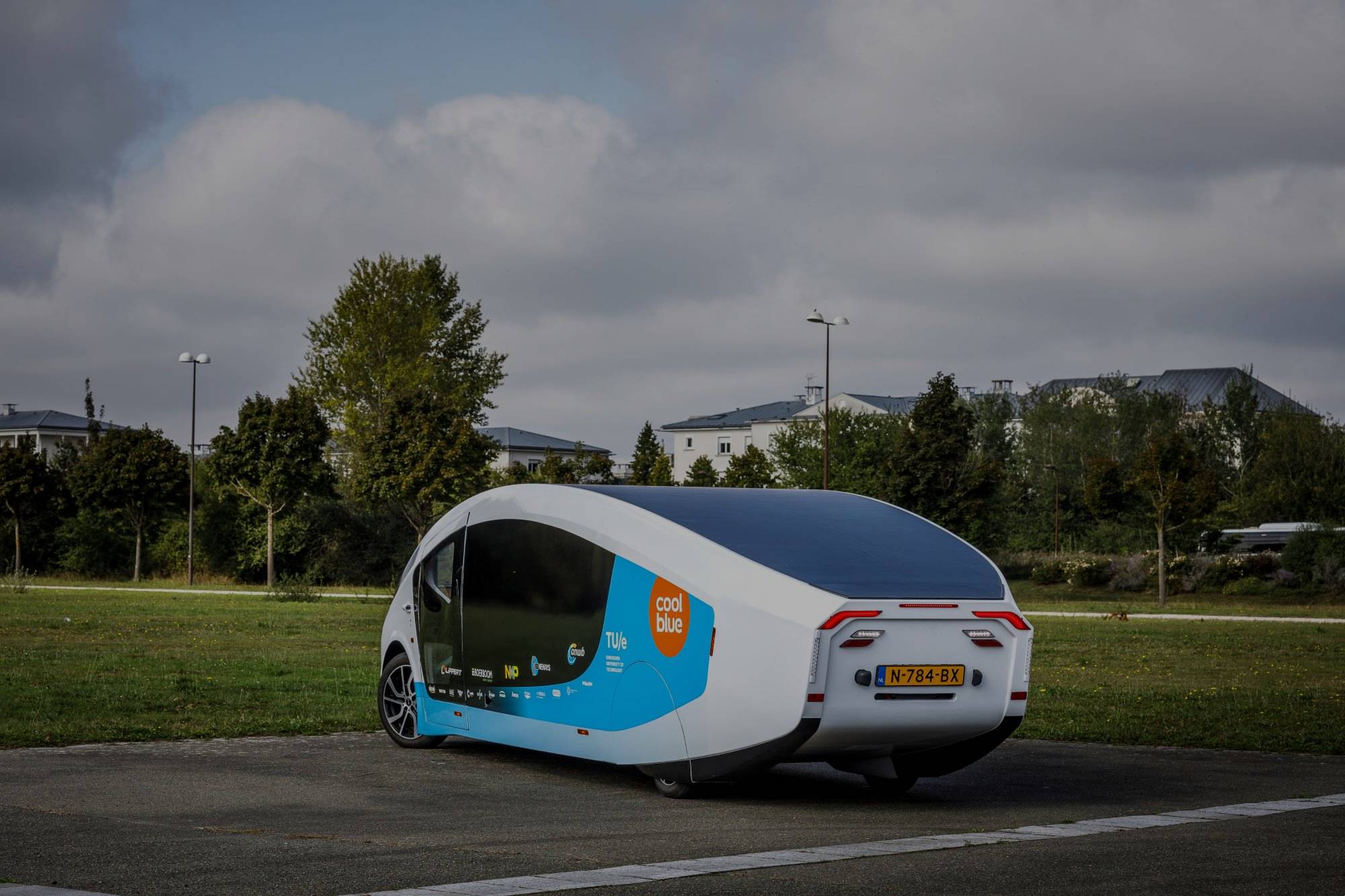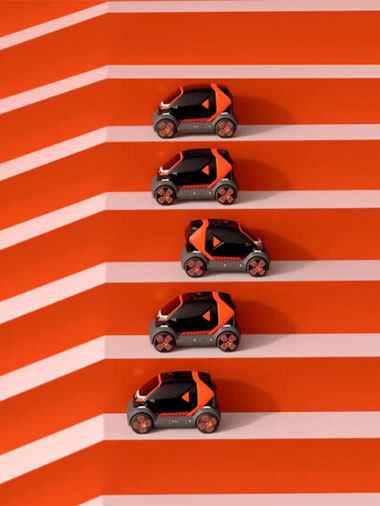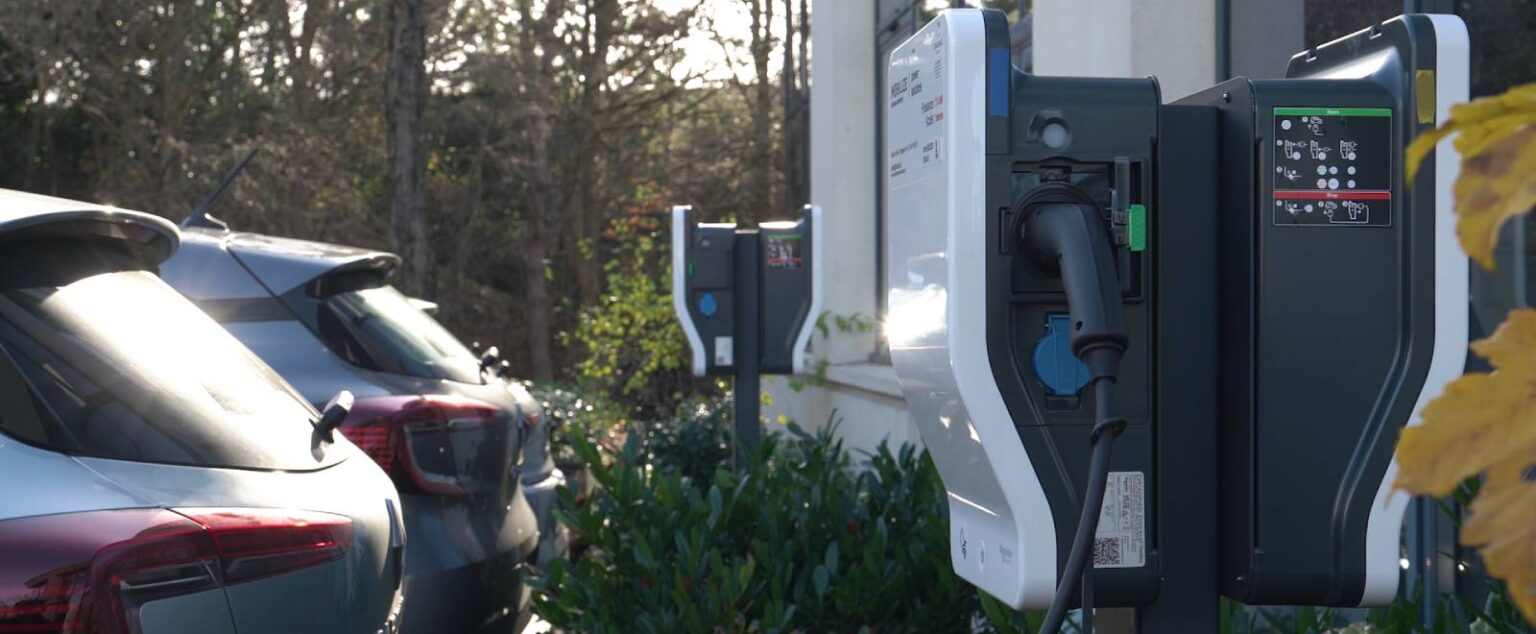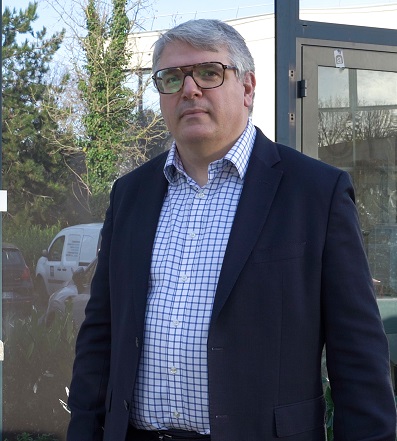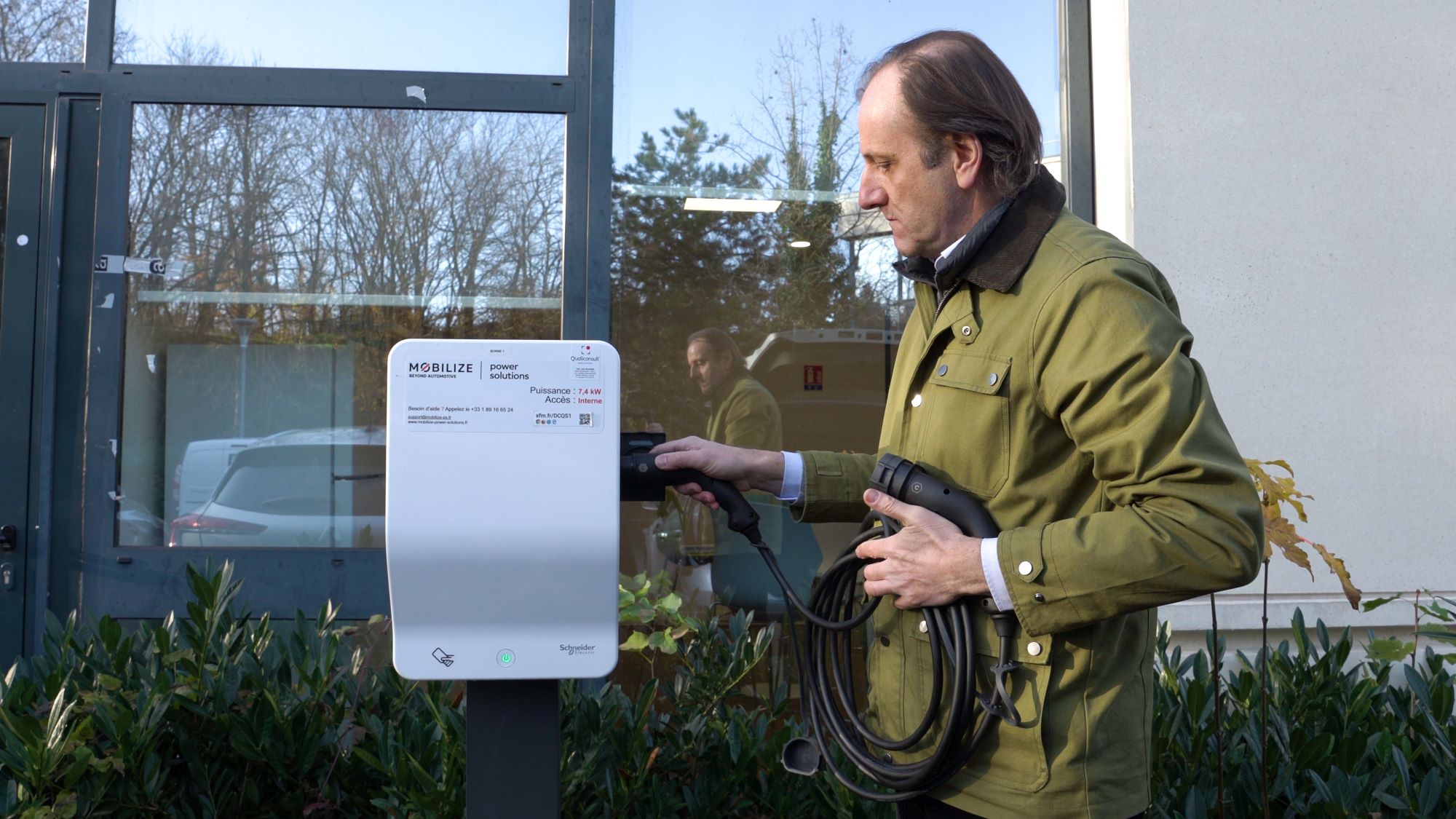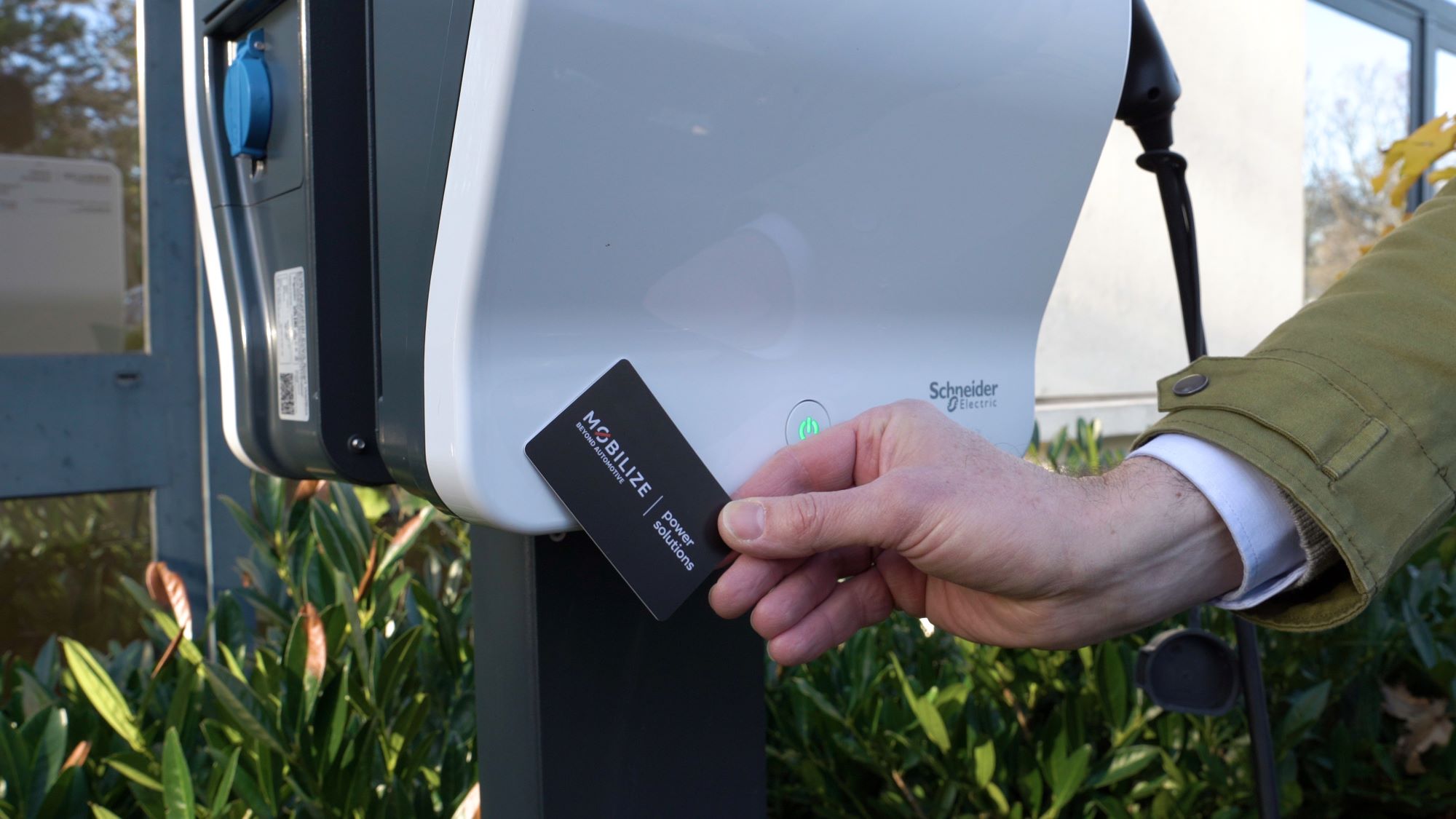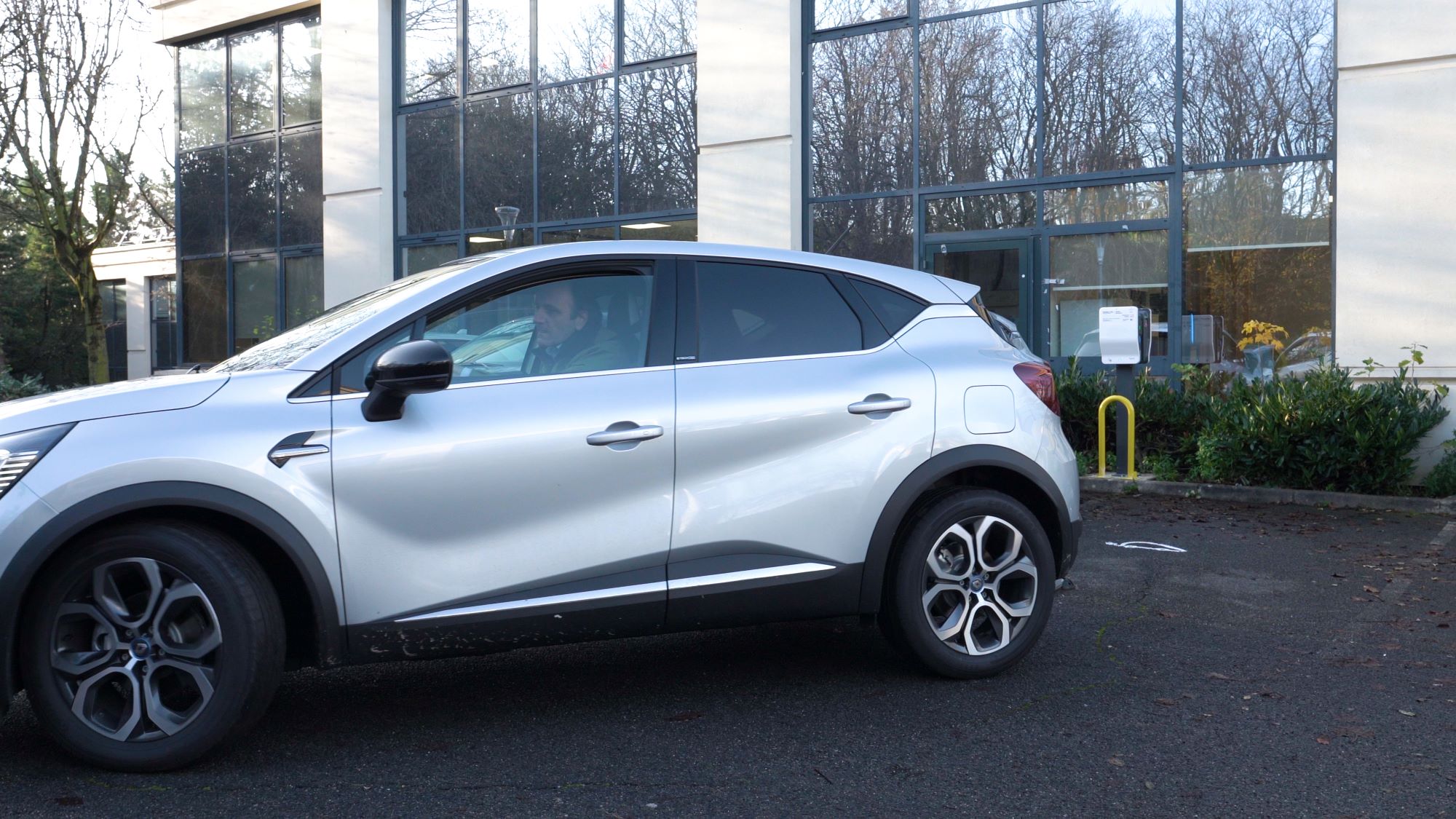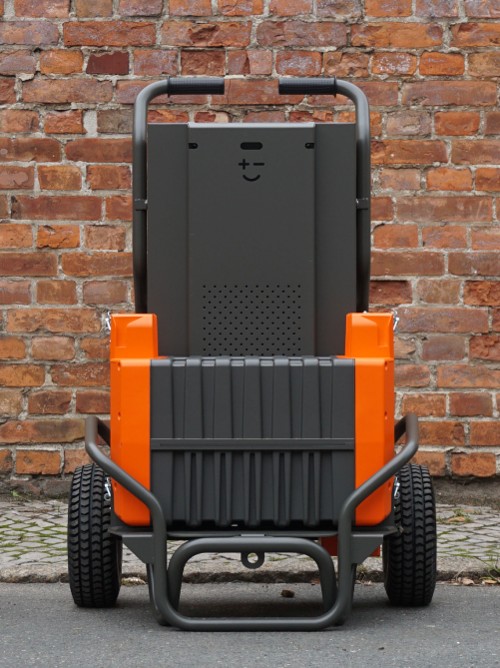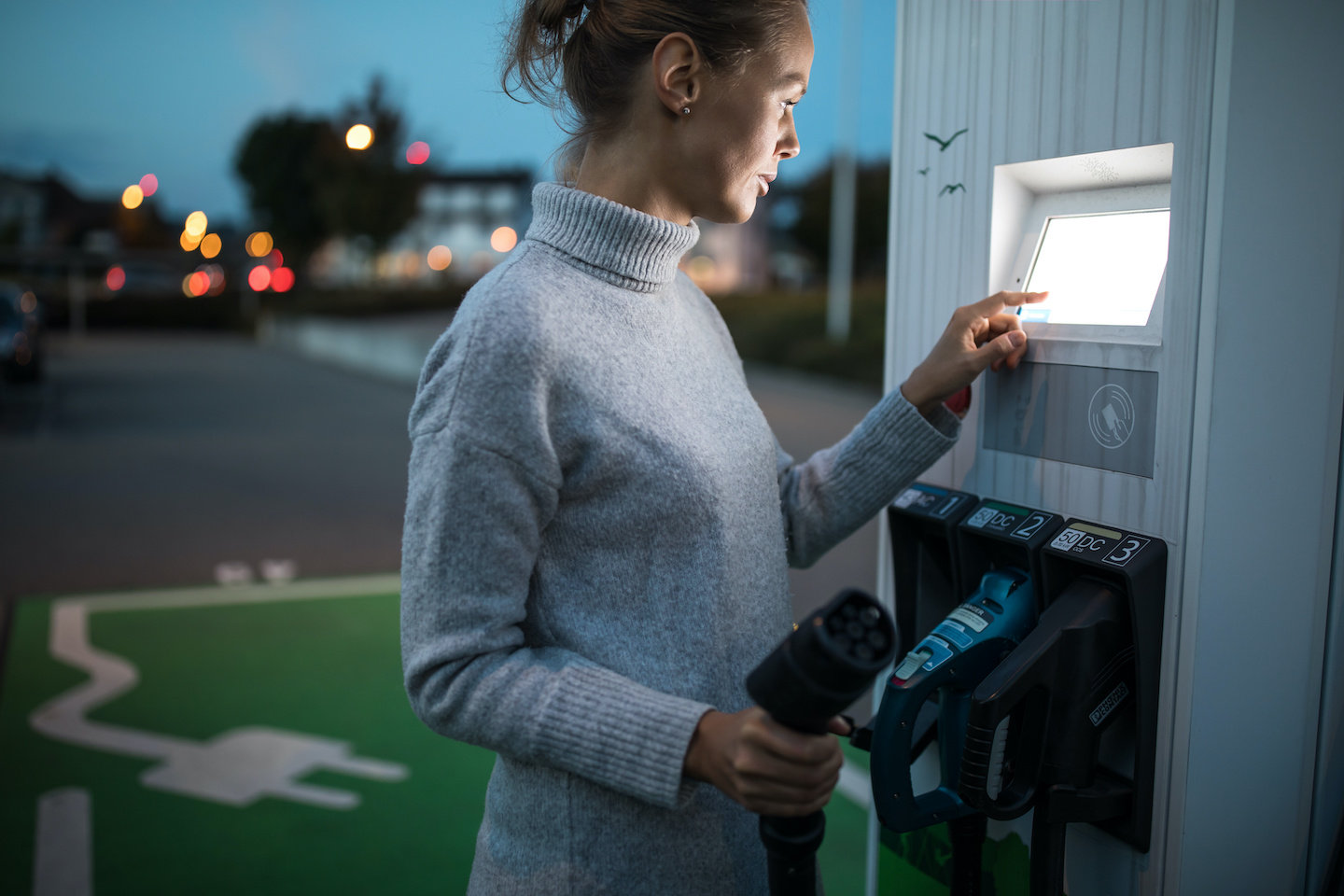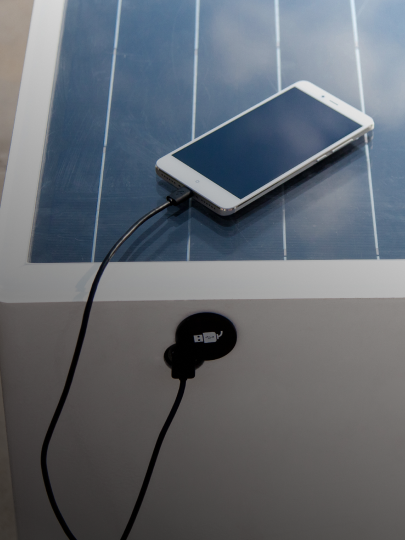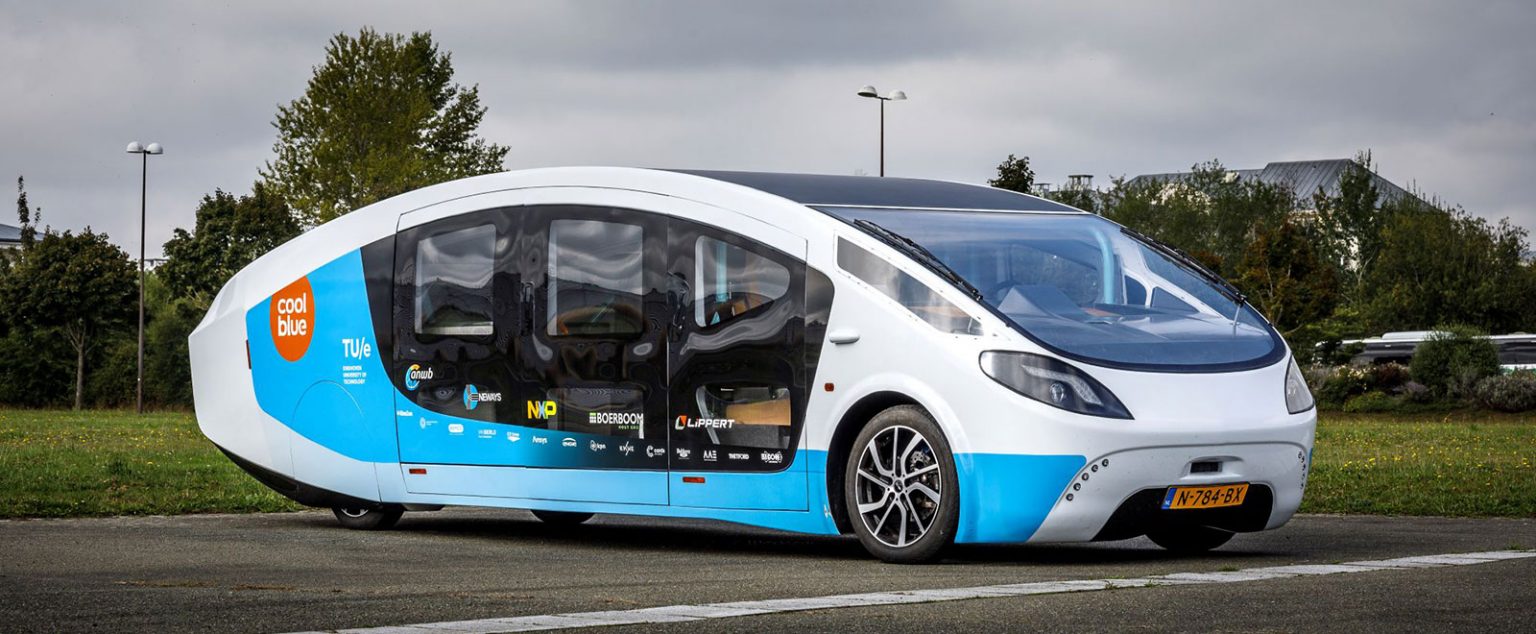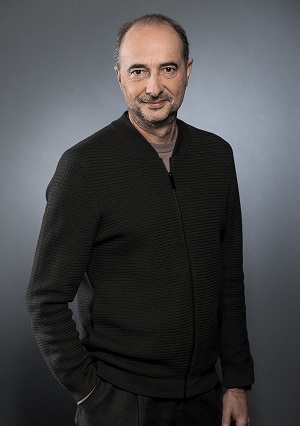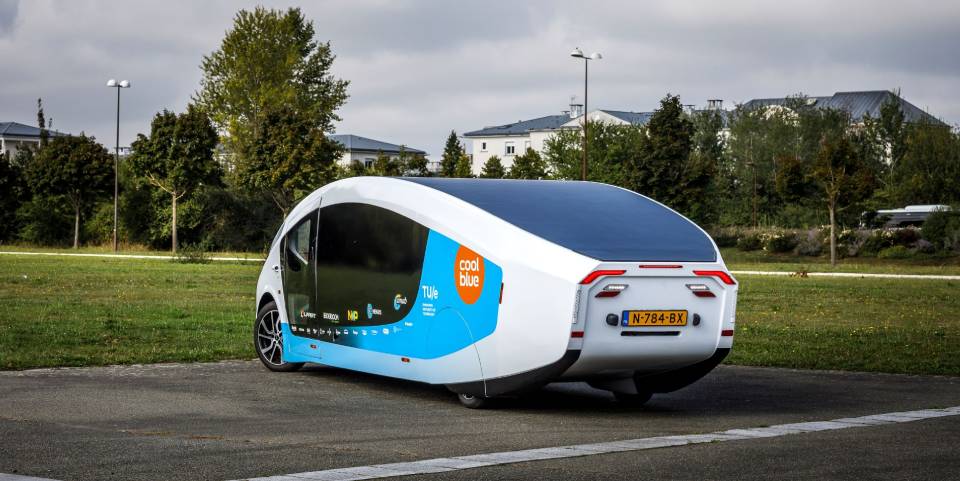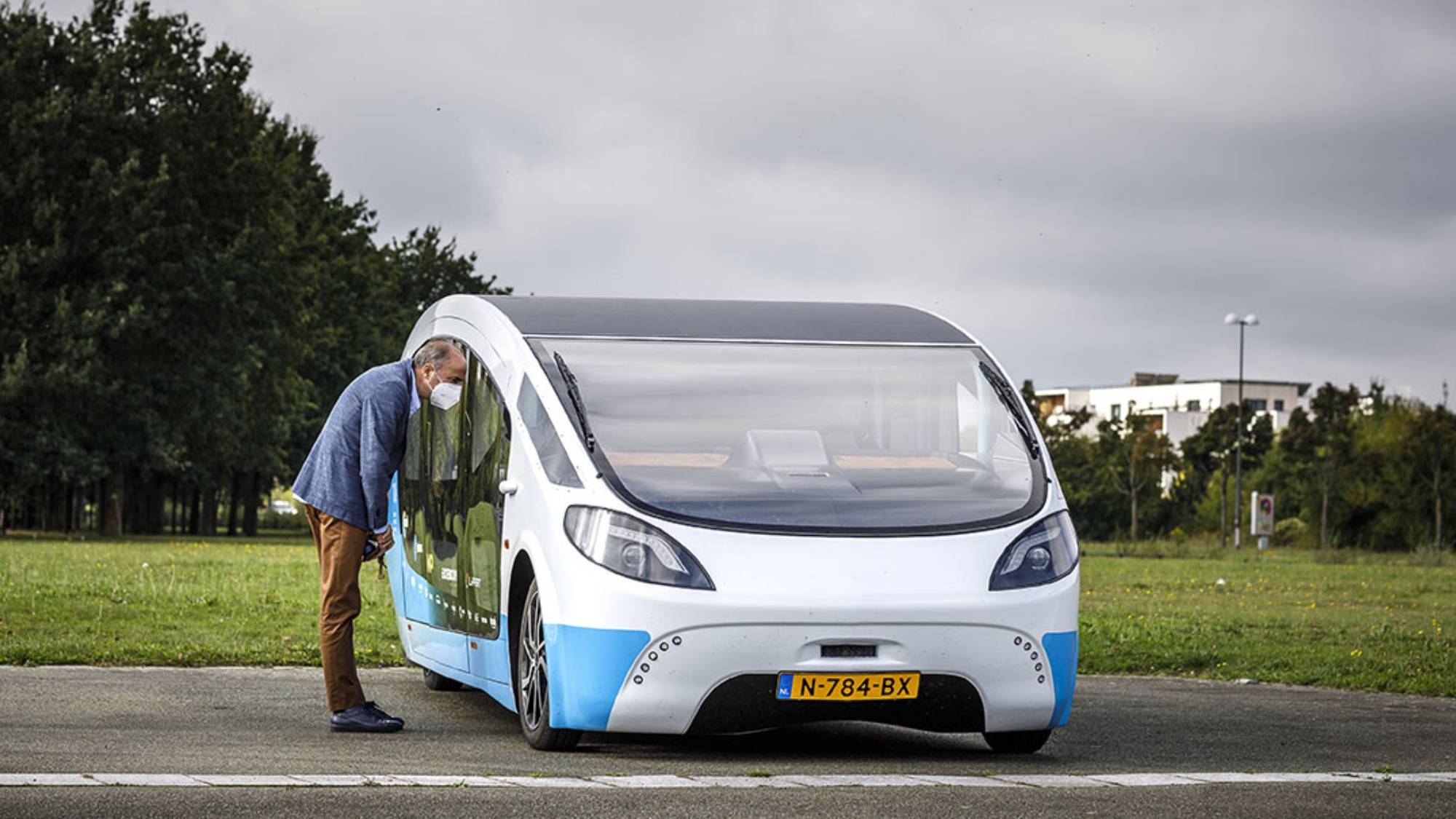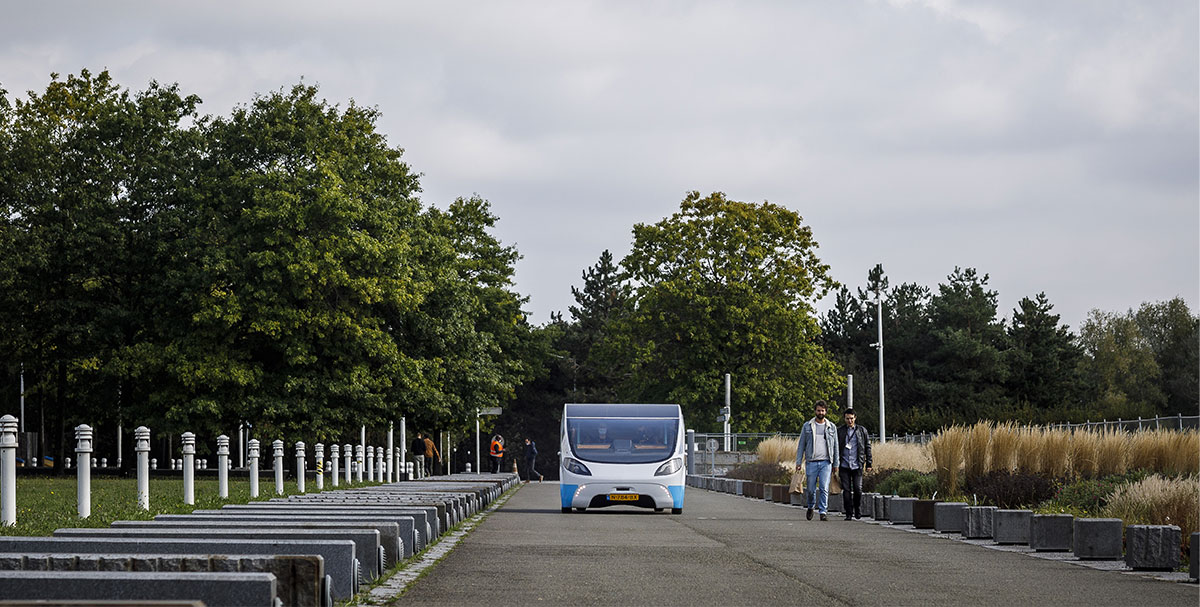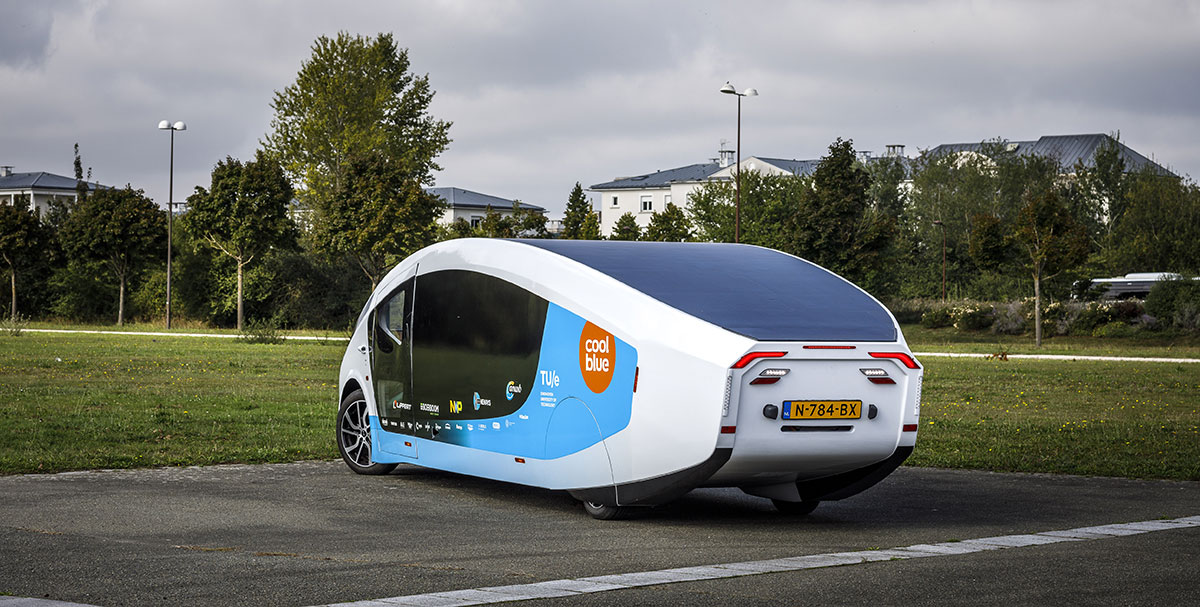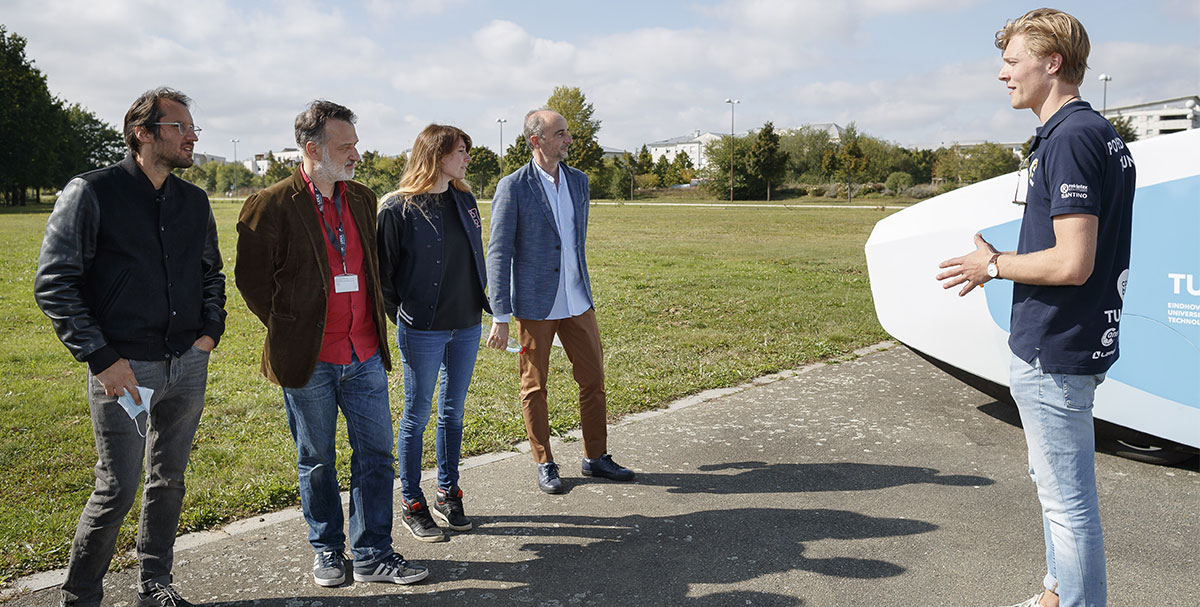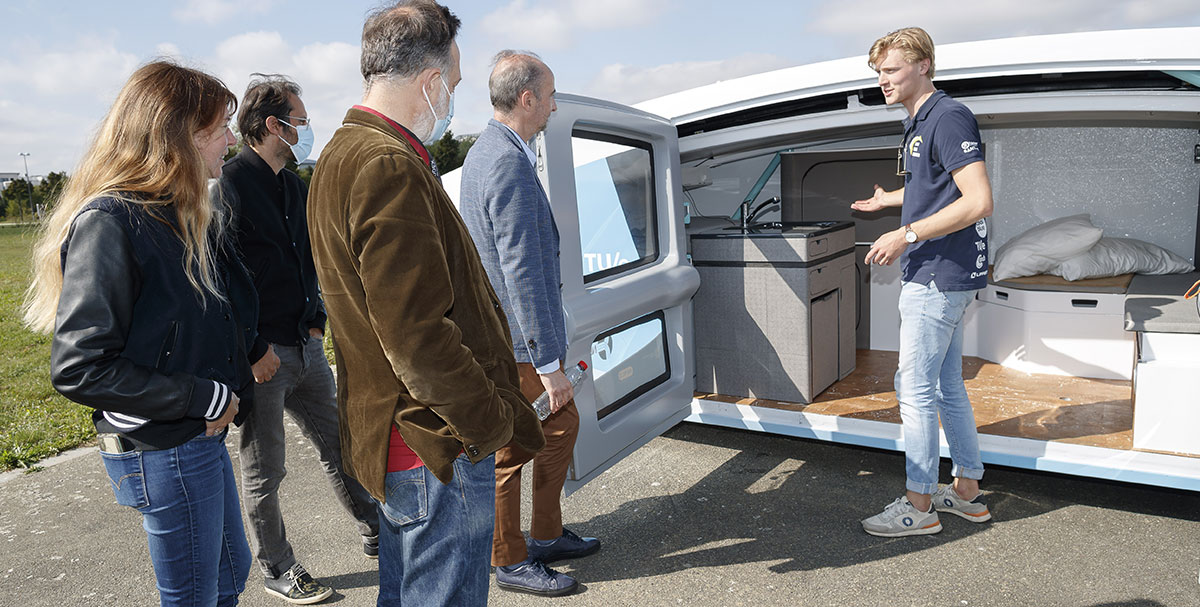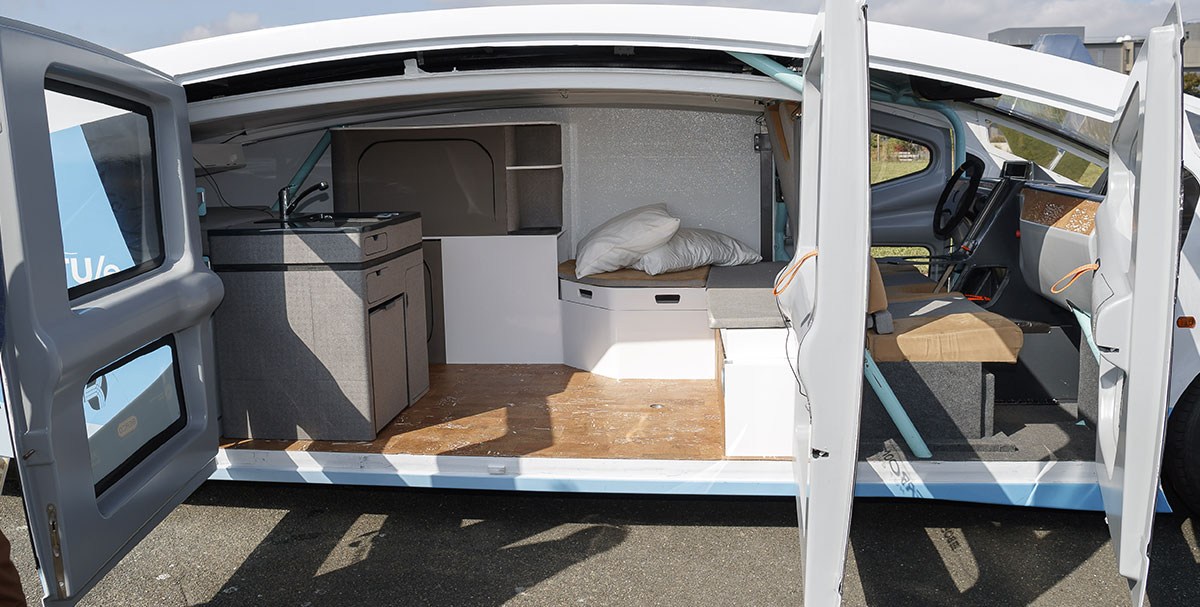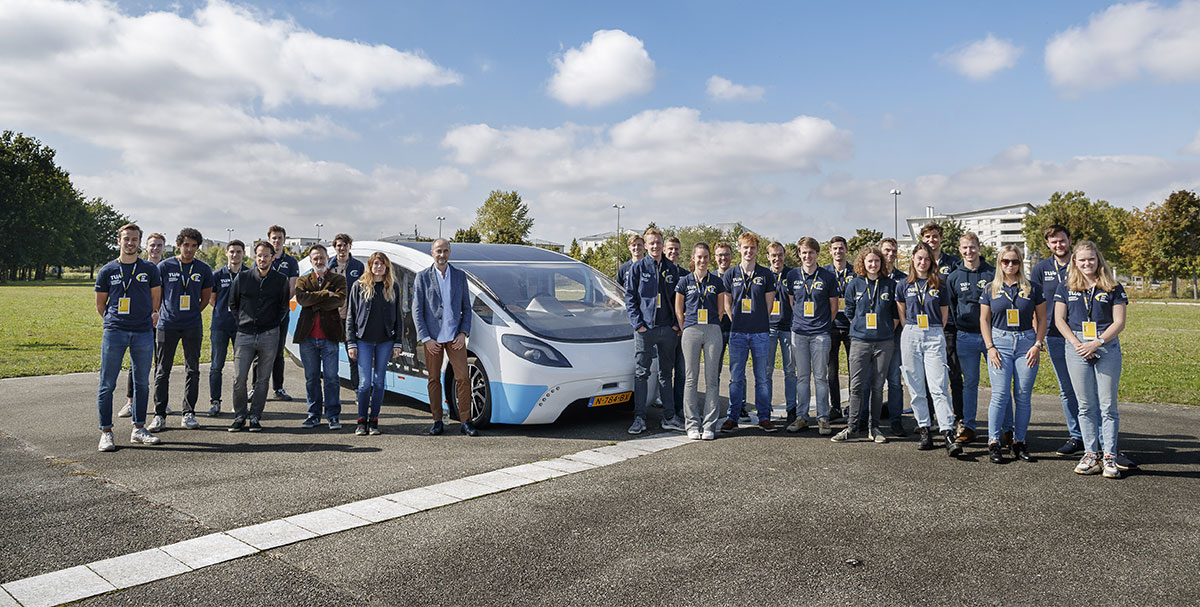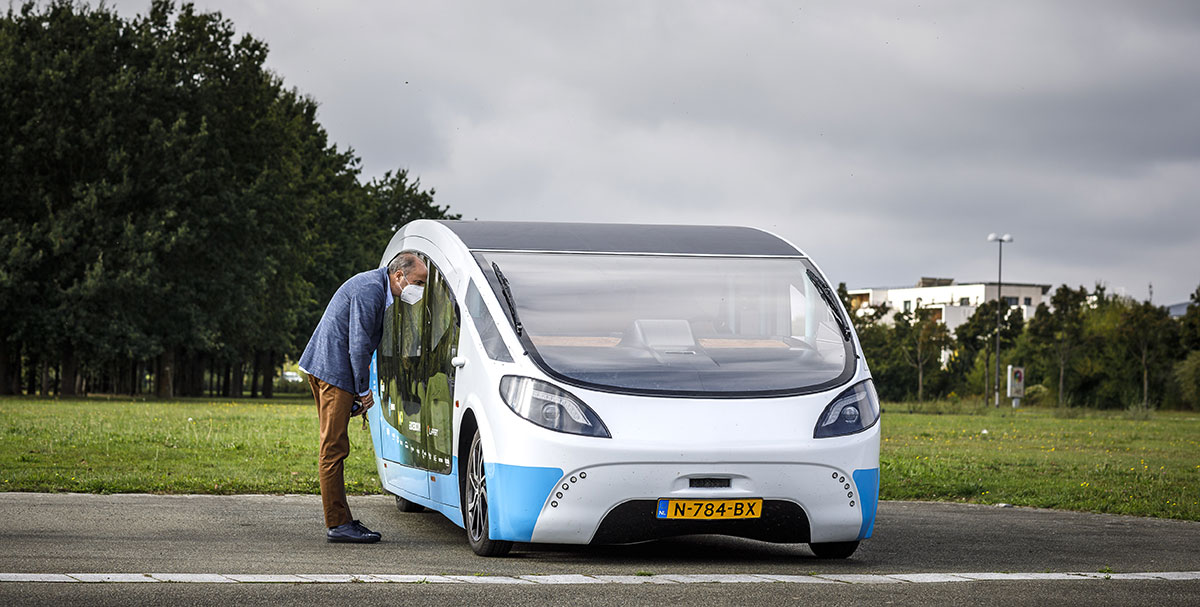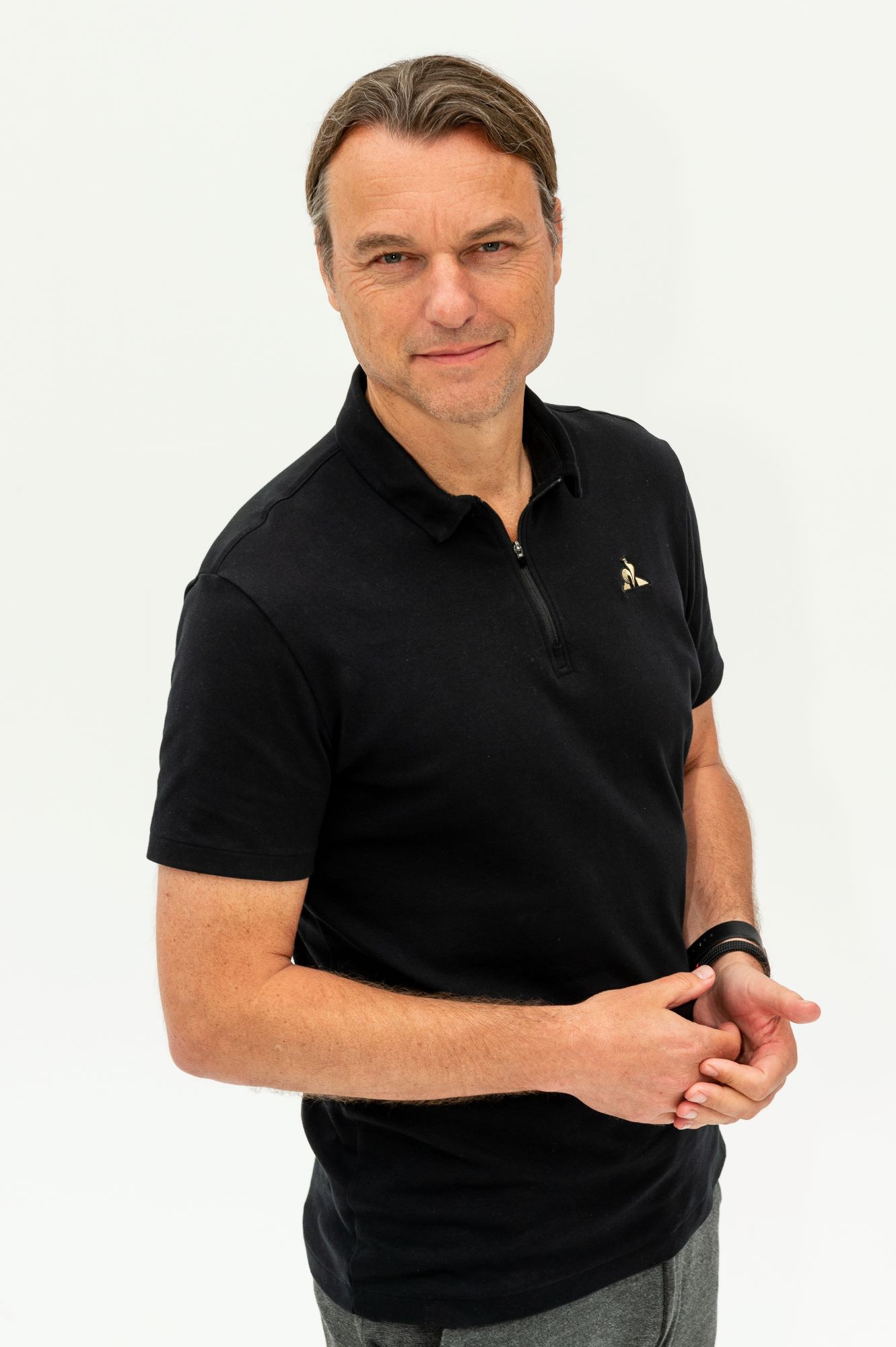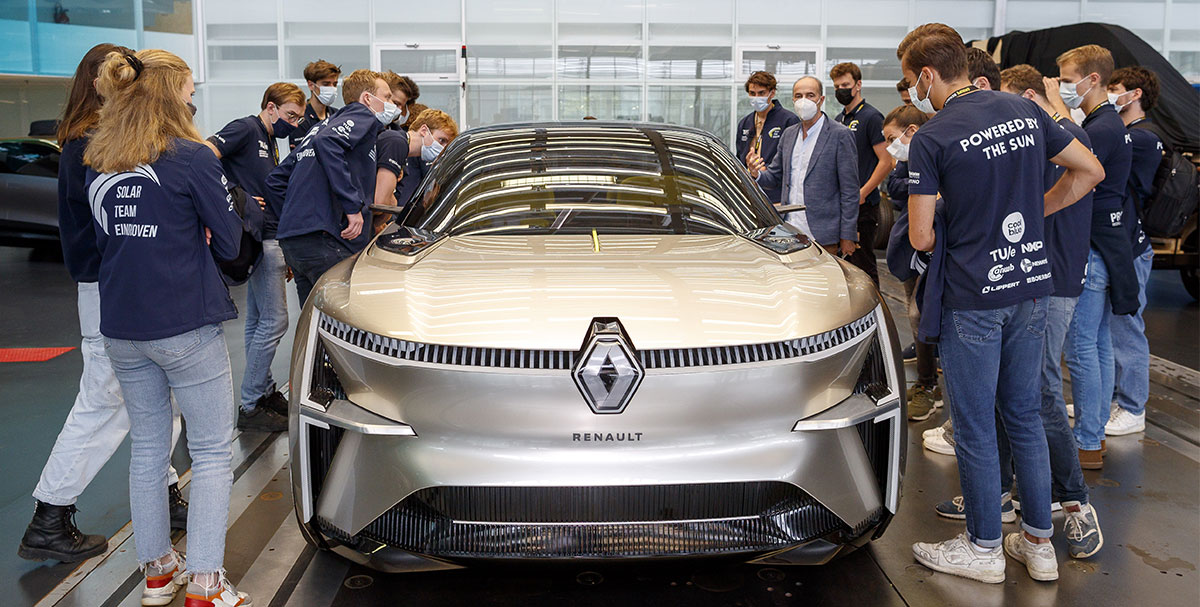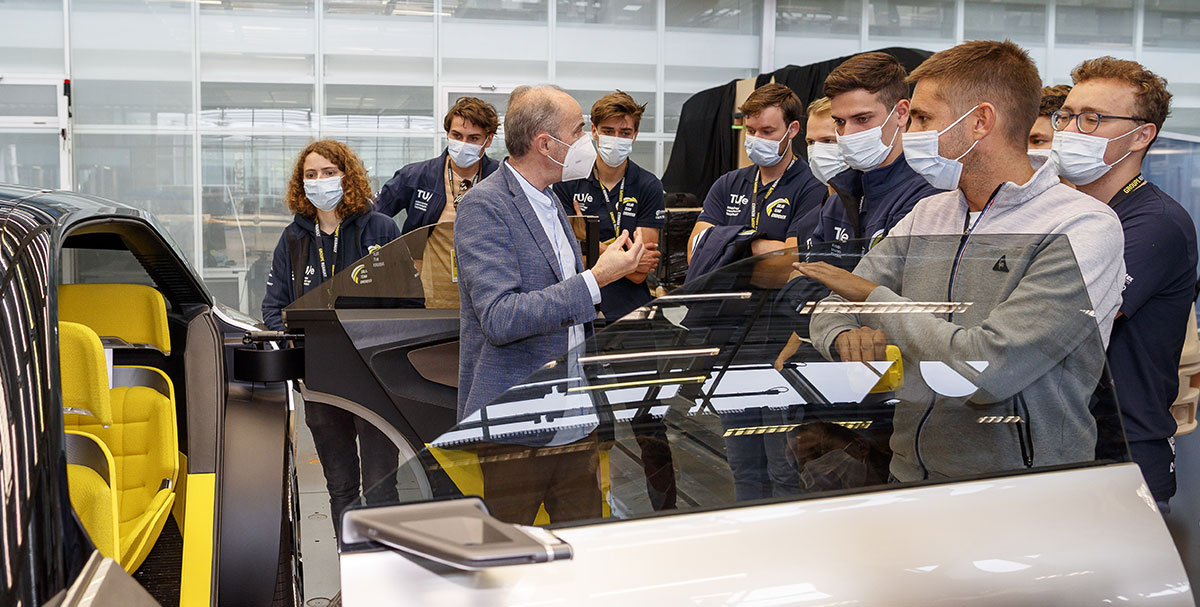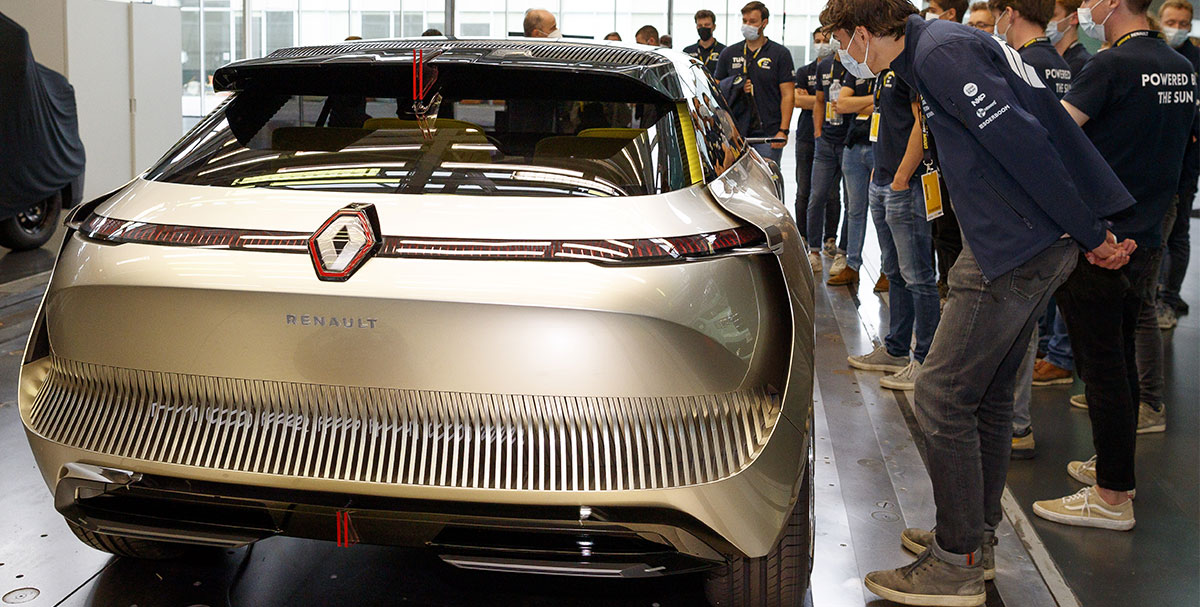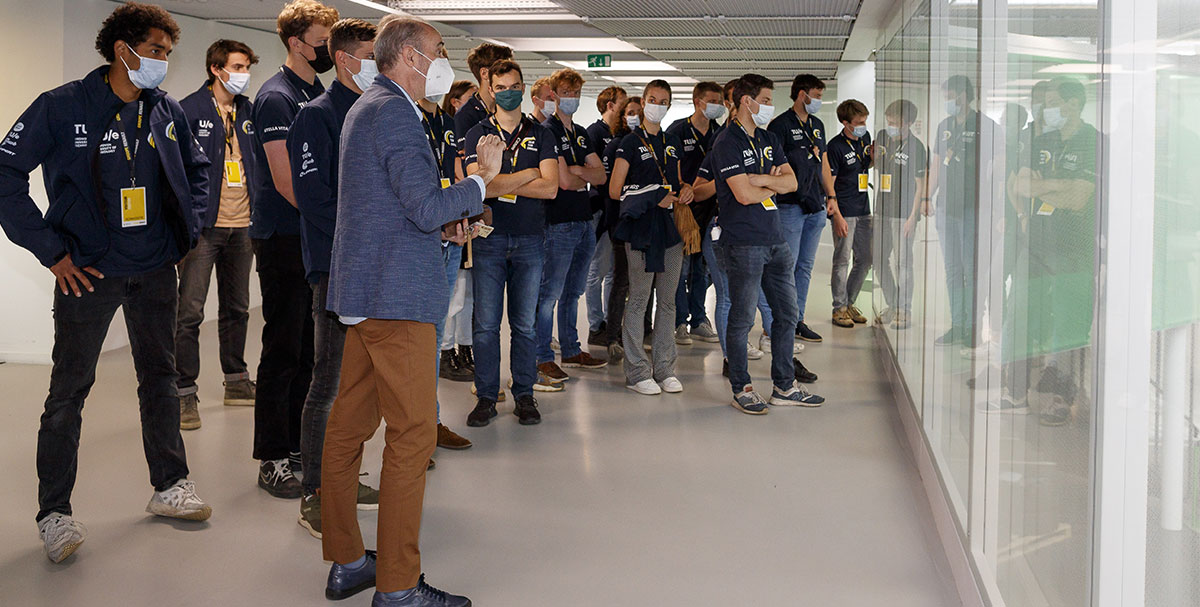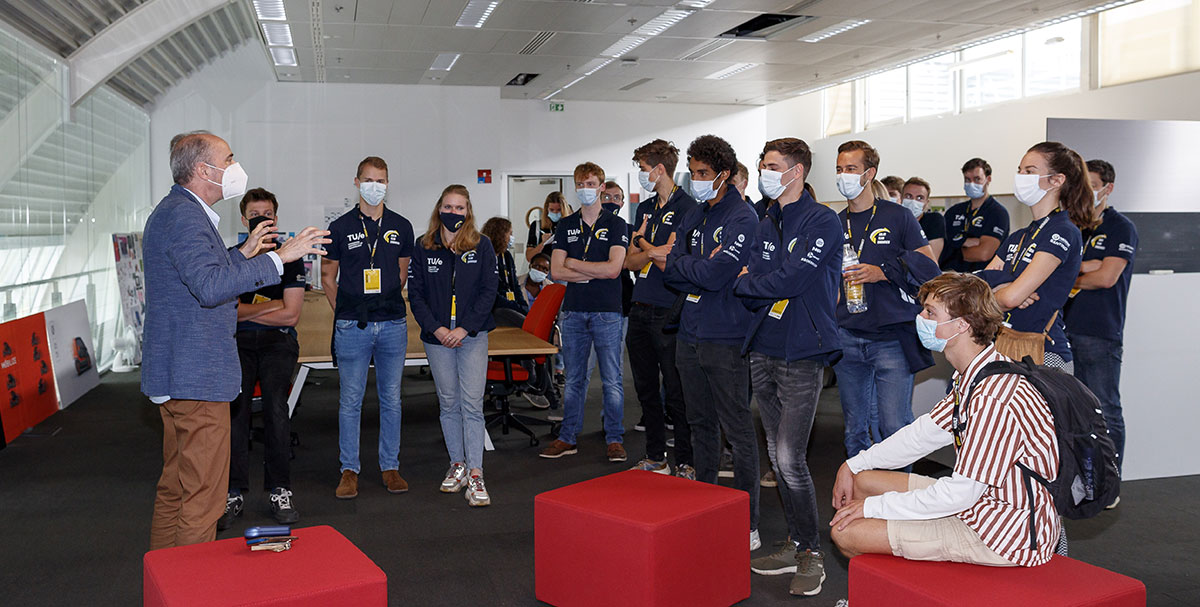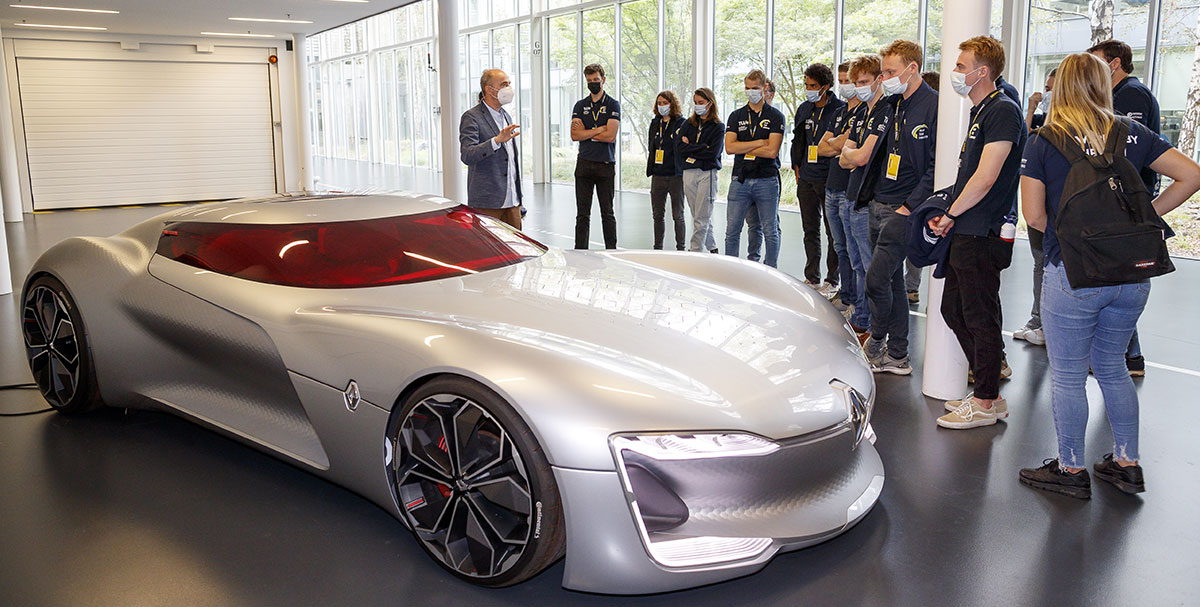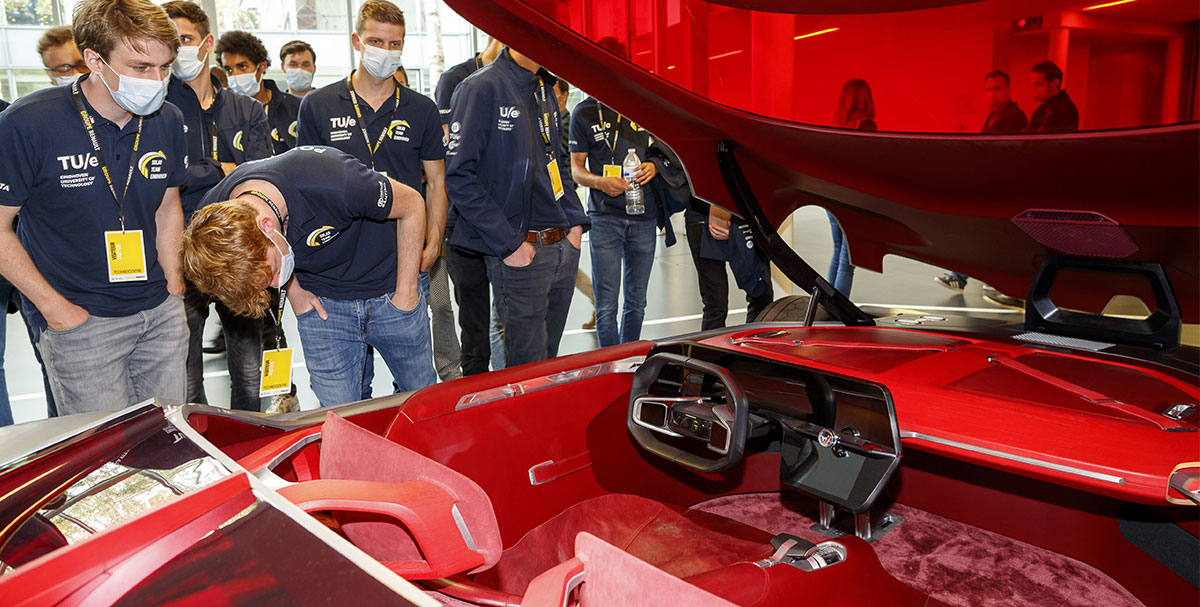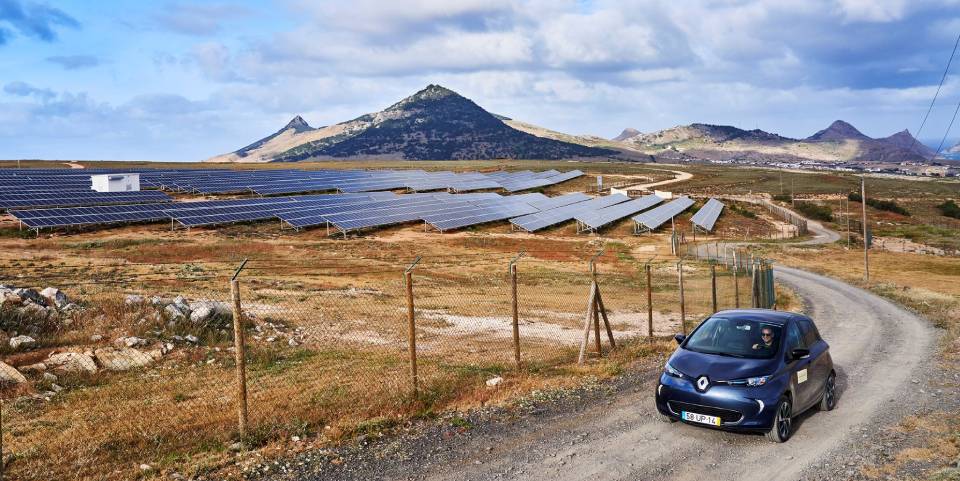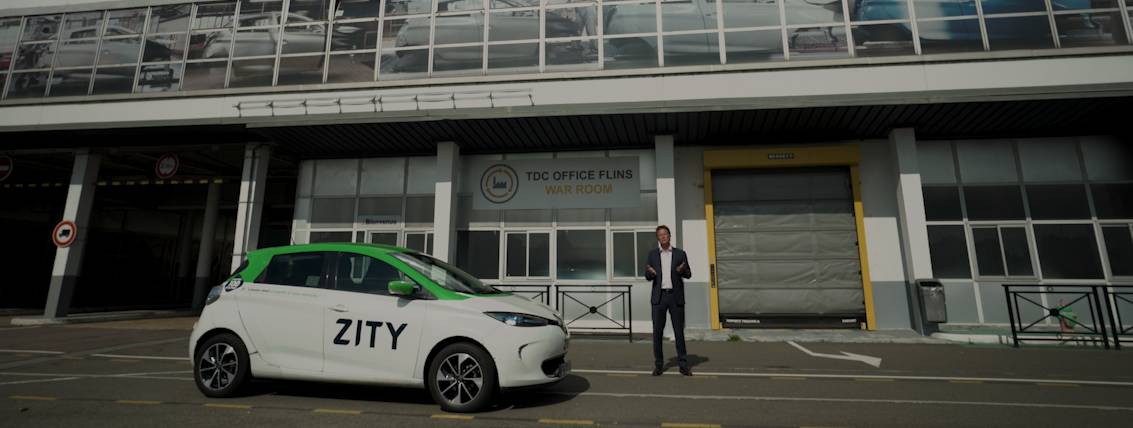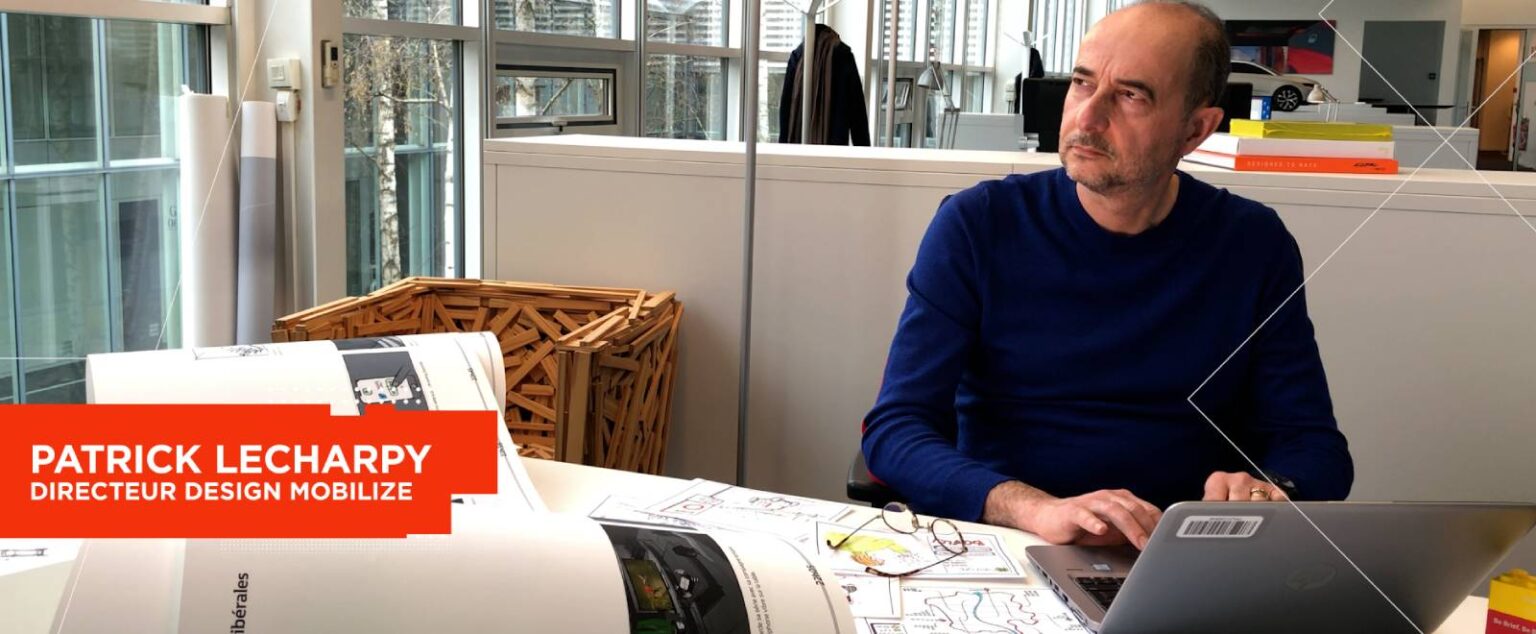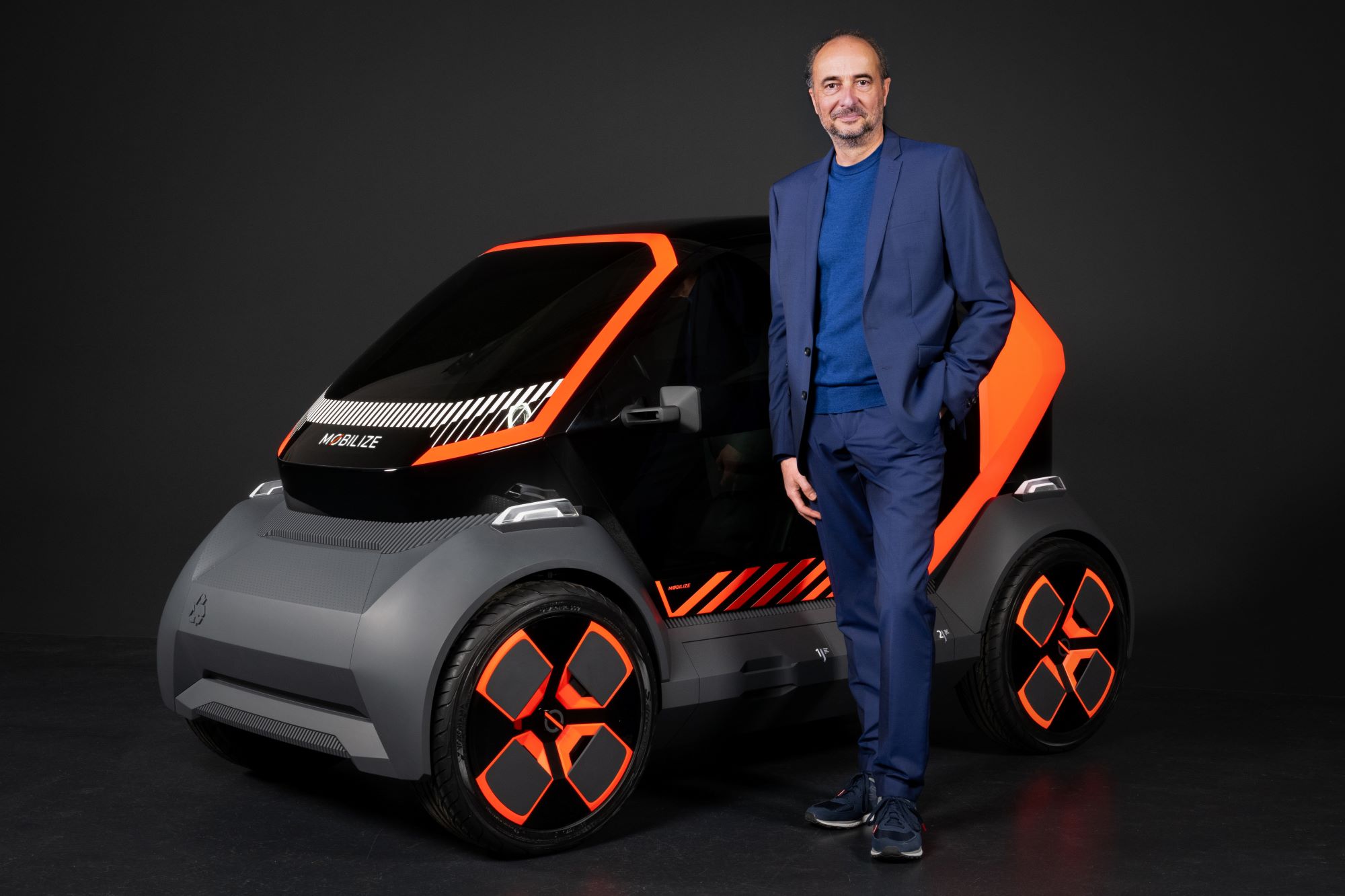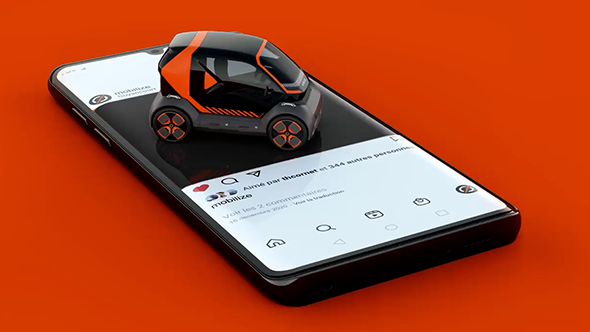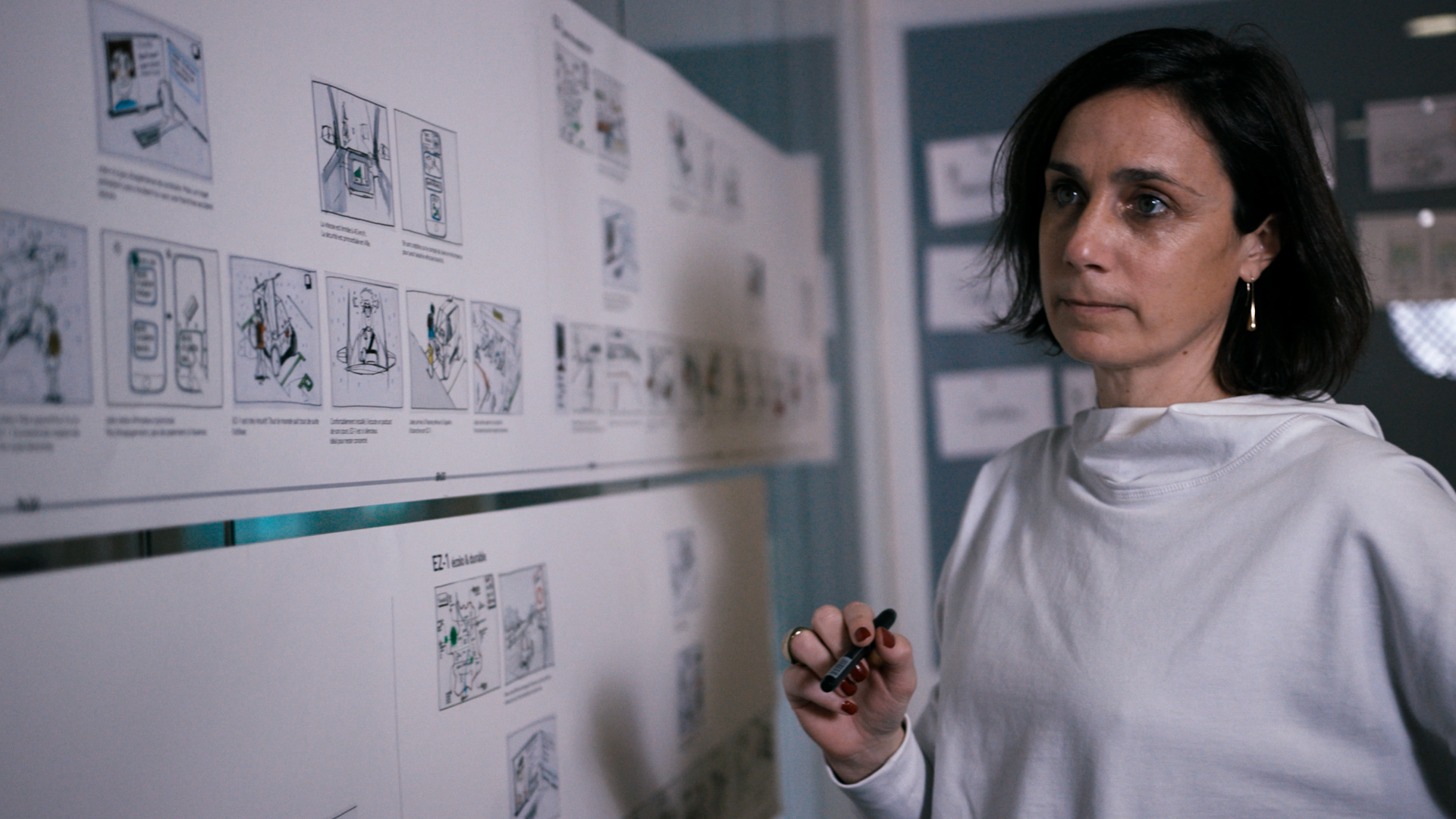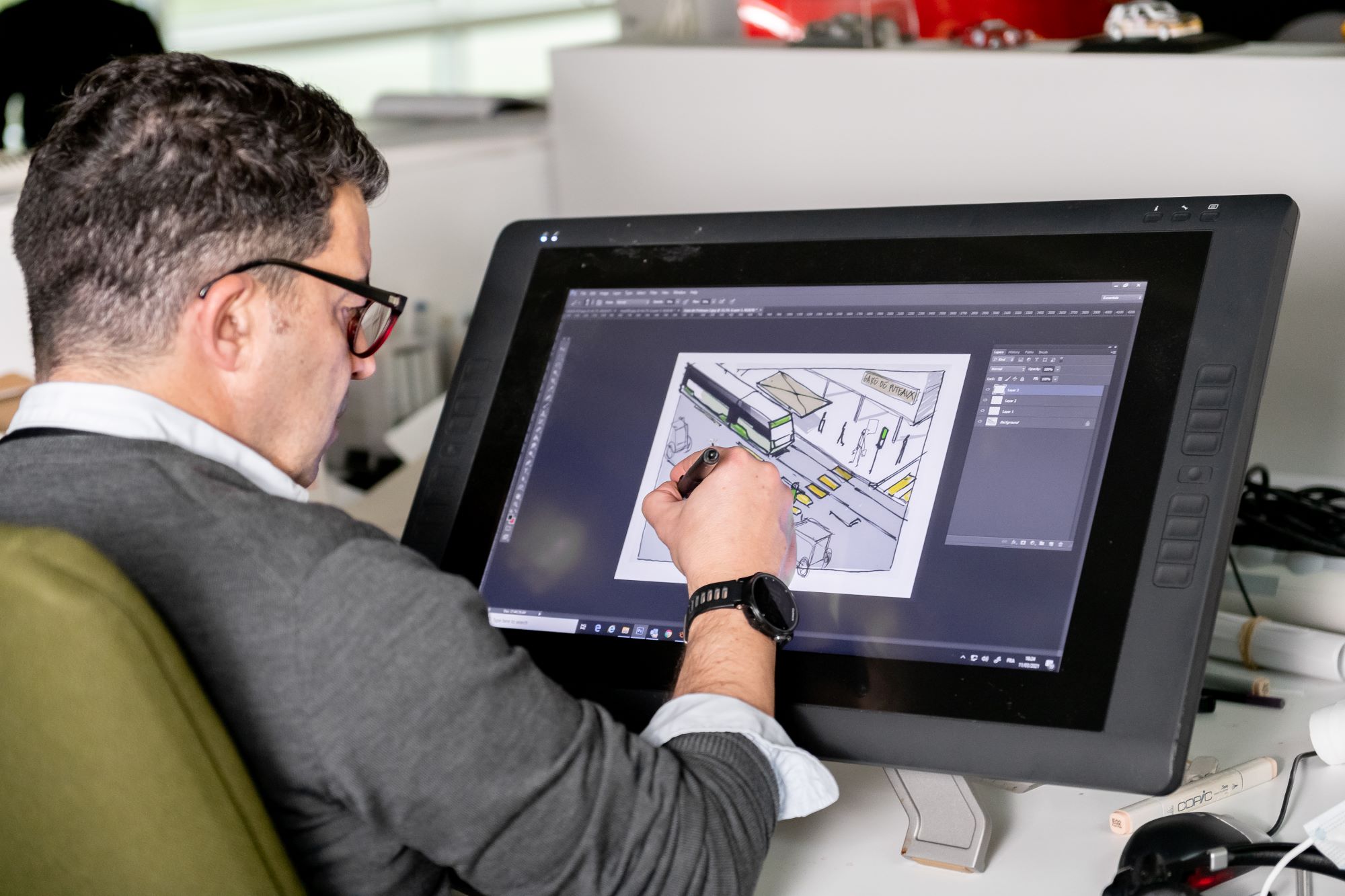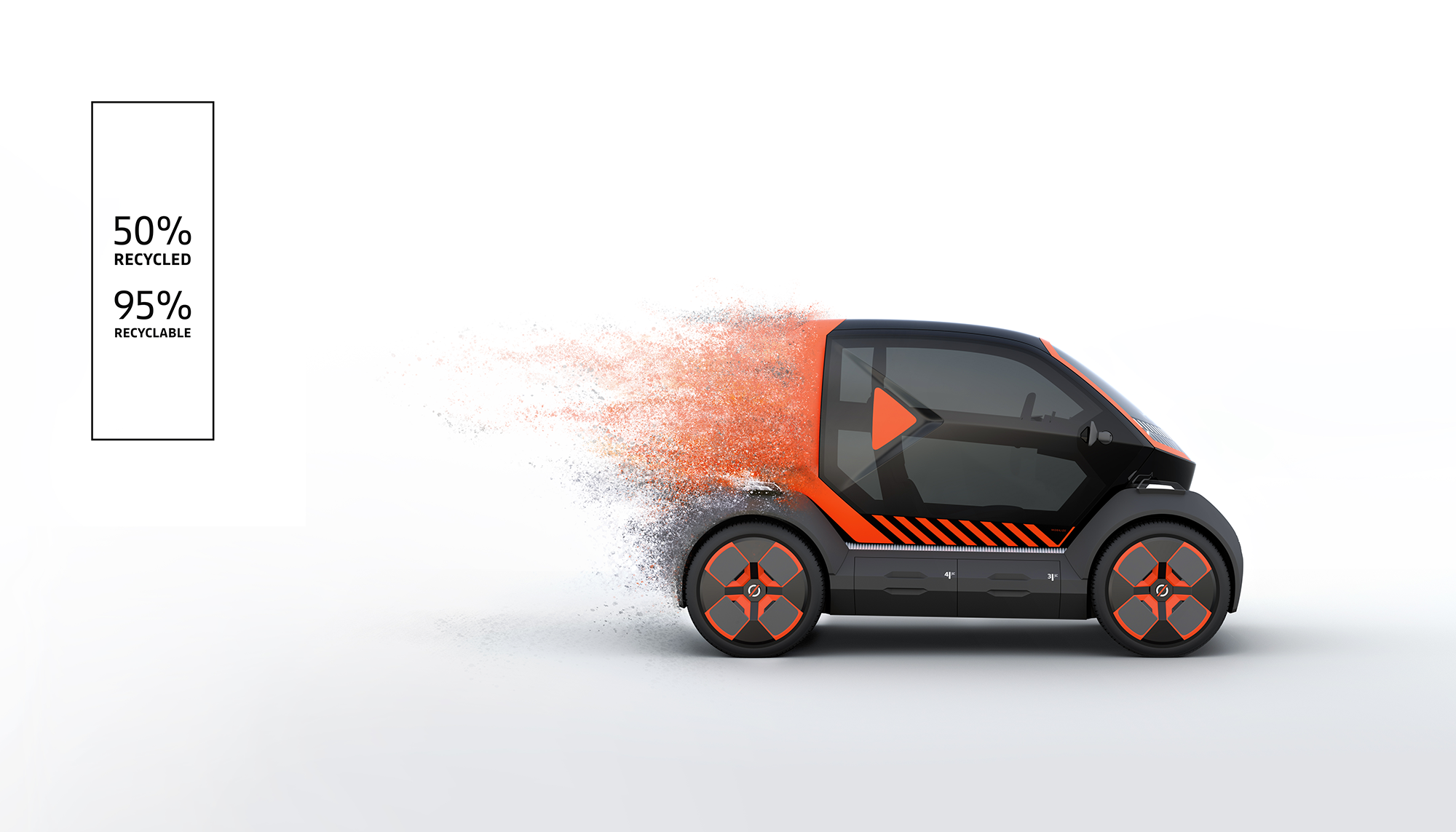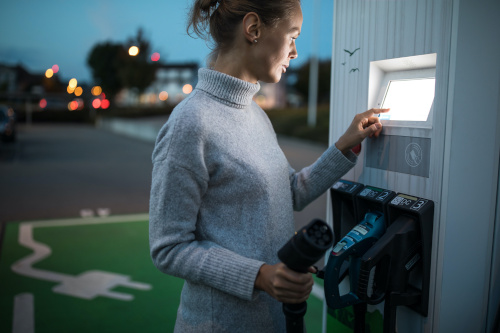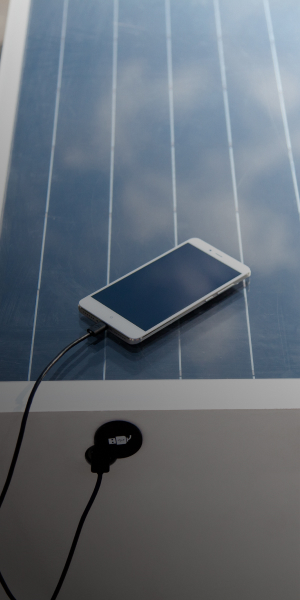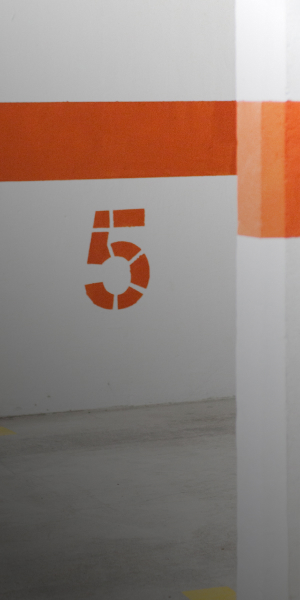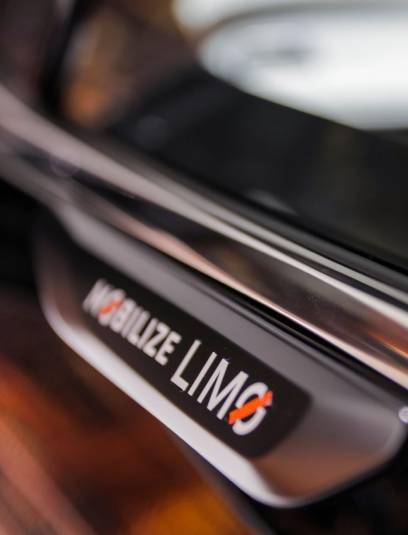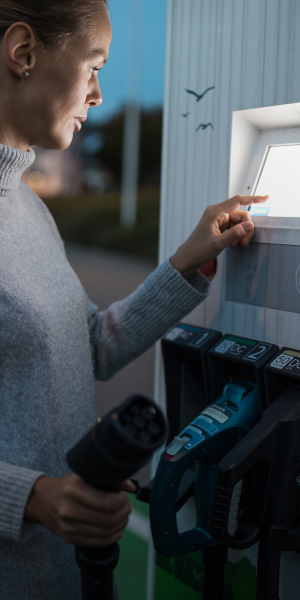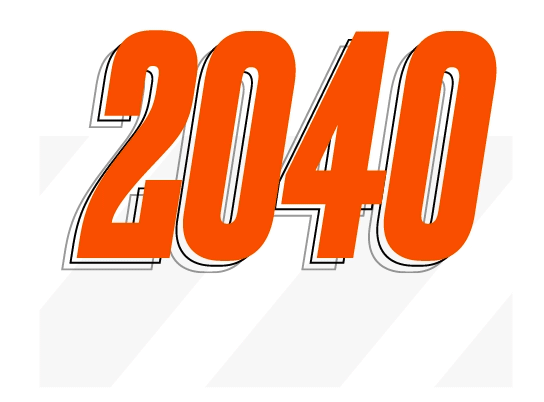
year of carbon neutrality
…for Renault Group in Europe particularly thanks to Mobilize. The new brand offers mobility solutions with reduced CO2 emissions: electric, of course, but also shared and multi-modal. Mobilize promotes renewable energies, circumventing the issue of their intermittence: green electricity is stocked in the battery, by the electric vehicle, as later in its second life. With fewer new cars and batteries needed, Mobilize reduces the carbon footprint and is part of a more circular economy.
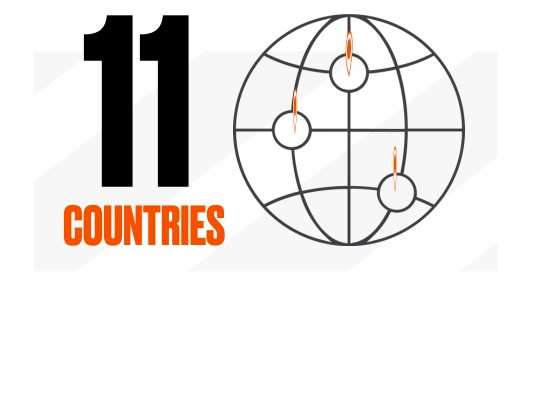
equipping your company with charging stations is there a breeze
Fleets are becoming more and more electrified, for the benefit of the energy transition and without neglecting the economic aspect. To meet the needs of professionals, Mobilize power solutions handles the design, installation, use and maintenance of charging infrastructure in any type of business. This service maximises the efficiency of charging stations, without unnecessary over-investment.
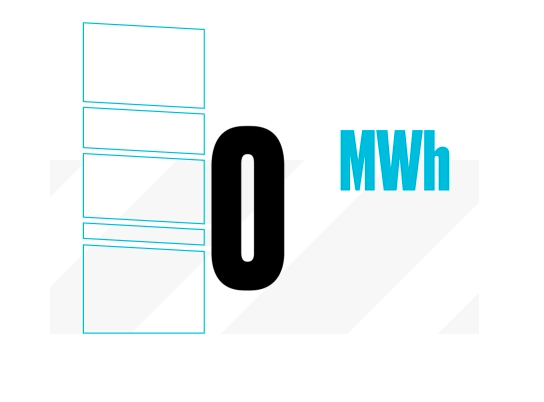
energy capacity of stationary storage
With its Advanced Battery Storage (ABS) system, Mobilize uses electric batteries, before and after their life in vehicles, to regulate the national grid frequency, so that it benefits from a maximum of green energy. Thanks to their storage capacity, the batteries contribute to matching fluctuations in renewable energy production with fluctuations in consumer demand.

carbon footprint of electric vehicles vs combustion vehicles
…on average in Europe: across its entire lifetime an electric vehicle emits almost 3 times less CO2 (-63%) than an internal combustion vehicle*. Even if its production requires more energy, the effect is drastically inversed once the car is on the road. To take it to the next level, Mobilize is going beyond the individual car pattern, in favour of electric vehicles destined to be leased with related services.
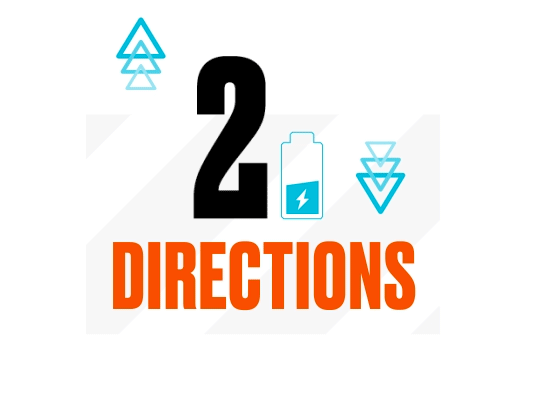
electricity circulation
Already today, with Mobilize smart charge, the vehicle smartly charges when electricity has the lowest carbon content. In the future, with V2G (vehicle-to-grid) technology, a vehicle could restore some of the energy of its battery to the grid to help it tackle peaks in consumption without needing to turn to carbon electricity production.
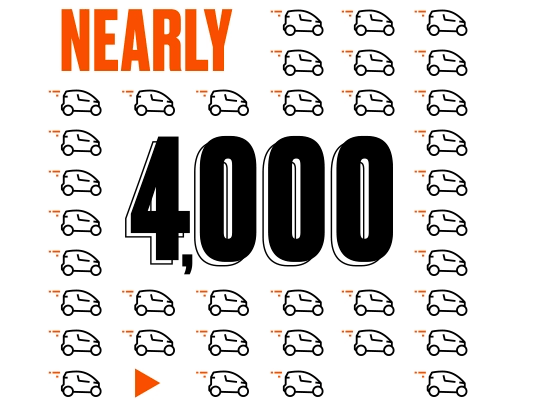
electrified vehicles shared via the Mobilize services
Only use a vehicle when you really need to? With developments in society and environmental challenges, car sharing is an innovative solution, which can be managed from your smartphone. Mobilize share is already available in a dozen countries to rent a car by the hour or by the day. Zity by Mobilize is a free-floating car-sharing system already well-known in Madrid and Milan, starting from one minute and without a time limit.
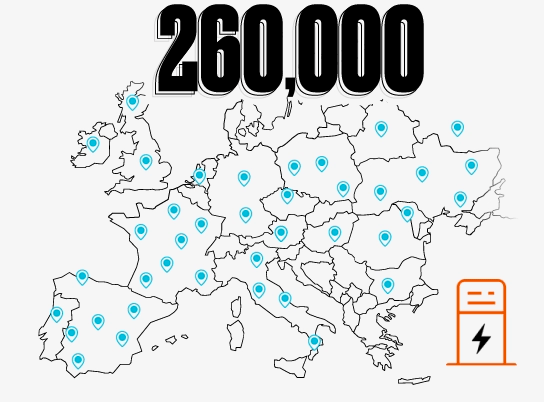
charging stations in Europe
… almost eight times more than six years ago! The fear of running out of power for lack of a recharging solution is dissipating and electromobility is taking off. In addition, with Mobilize charge pass, drivers of Renault electric or rechargeable hybrid vehicles can access the largest network of charging stations in Europe with just one card and no subscription.
* Transport & Environment 2020
